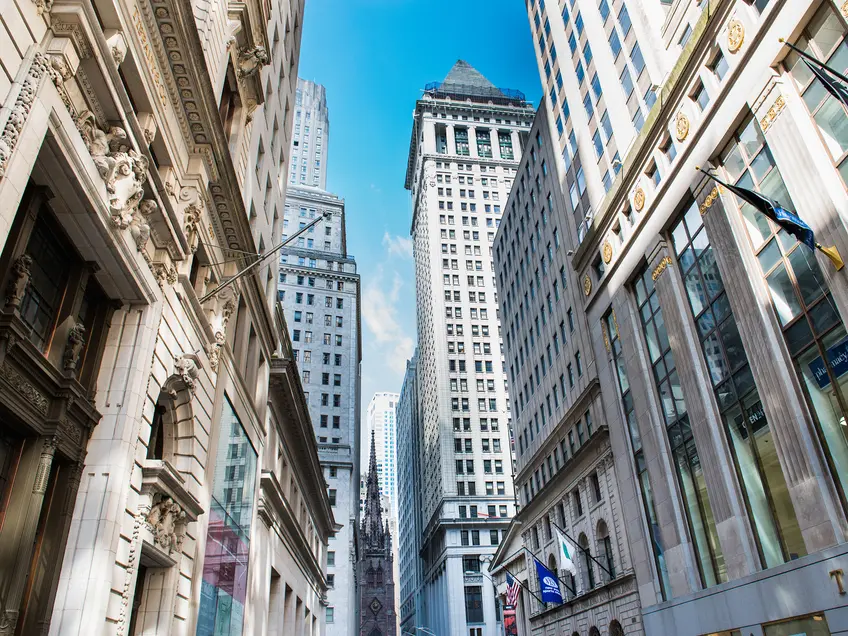 New York's hyper-density helps make it one of the noisiest city's on the planet (CityRealty)
New York's hyper-density helps make it one of the noisiest city's on the planet (CityRealty)
New Yorkers may be surprised to learn that they do not live in the world’s loudest city. That dubious honor goes to Mumbai where noise levels have been known to reach close to 124 decibels (dB). To put this figure into perspective, 124dB is somewhere between the sound levels typically reached by chain saws (120dB) and the take-off of military jets (130dB).
However, this is not to suggest that New York is easy on the ears. According to a 2019 New York Times story, "Building Is Booming 24/7. So Is the Noise," the NYC DOB received 3,700 noise complaints about late-night construction. Besides construction noise, traffic congestion (75dB to 80dB), screeching subways (80dB to 100dB on average measured from an indoor platform) and jackhammers (110dB) all contribute to New York's unofficial status as the noisiest places on earth.
However, this is not to suggest that New York is easy on the ears. According to a 2019 New York Times story, "Building Is Booming 24/7. So Is the Noise," the NYC DOB received 3,700 noise complaints about late-night construction. Besides construction noise, traffic congestion (75dB to 80dB), screeching subways (80dB to 100dB on average measured from an indoor platform) and jackhammers (110dB) all contribute to New York's unofficial status as the noisiest places on earth.
In this article:
Recent Efforts to Mute the City
Given the difficulty of escaping New York’s noise, it is no surprise that over the years many resident activists and city officials have made muting the city’s deafening noise levels a personal mandate. In December 2023, the “Stop Spreading the Noise” Act was passed by the New York City Council. It seeks to crack down on loud vehicles by codifying and expanding the “noise cameras” modeled on speed cameras already in place. It also requires noise inspectors from the Department of Environmental Protection to measure construction-related sound within individual units, publish the results of their noise inspections within five days of completion, and give a copy of a report created after a 311 noise complaint to anyone who requests it.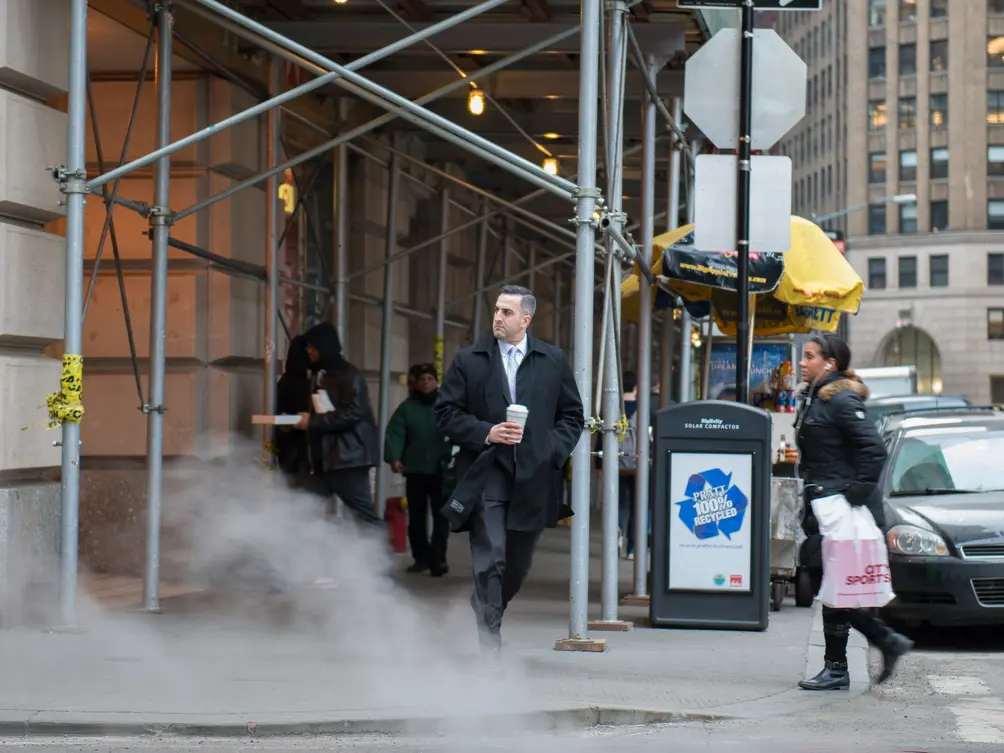 (CityRealty)
(CityRealty)
“Even in the city that doesn’t sleep, New Yorkers deserve some peace and quiet” – Keith Powers, City Council Majority Leader
Additionally, between a rise in aerial tourism and commuting, the past decade has seen helicopter noise become an increased nuisance in waterfront neighborhoods, including the congressional districts of Representatives Jerrold Nadler and Dan Goldman. As such, they led a letter to Governor Hochul and Mayor Adams calling for the end of non-essential helicopter flights in May 2023.
A Century-long Battle Against Noise
New York City’s war on noise dates back to the early 20th century when the city declared itself the “noisiest city on earth.” Since then, attempts to reduce urban noise have included research studies, awareness campaigns, legislation and aggressive crackdowns on noise offenders.1906-1920: In the early part of the century, Julia Barnett Rice, a wealthy physician who had had enough with the whistle-blasting tugboats on the Hudson, founded the Society for the Suppression of Unnecessary Noise. Among other proposals, Rice called for the arrest of anyone who dared to set off a Fourth of July firecracker near a hospital. She believed that unnecessary urban noises, such as firecrackers, were impeding the recovery of the city’s thousands of hospital patients.
1929 to 1930: The city’s Noise Abatement Commission was a data-driven solution. The commission used instruments to measure noise levels across the city and published questionnaires in local papers asking readers to list any noises that were keeping them awake at night. In 1930, the data was compiled in a 308-page illustrated report simply titled "City Noise." Like many commission documents, "City Noise" would ultimately have little impact on the city’s soundscape. The document does offer rich insight into just how loud New York City was by the late 1920s.
1935: Under the La Guardia administration, October 1935 was proclaimed the month of “noiseless nights.” During the campaign, radio announcers were instructed to tell their listeners to turn down their radios after 11 p.m. and police officers were instructors to issue warnings but not necessarily arrest “noise offenders.”
1971: In November 1971, Project Quiet City, a citizen-led noise abatement initiative, opened a storefront on the Upper West Side. At the opening, 25 protestors carried “Make Love, Not Noise” signs as they marched down Amsterdam Avenue in a “silent parade” led by a 1972 Vanguard electric car with its signature soundless motor. The parade also included a protestor dressed as a silent film actor and a prototype for a reduced-noise garbage truck.
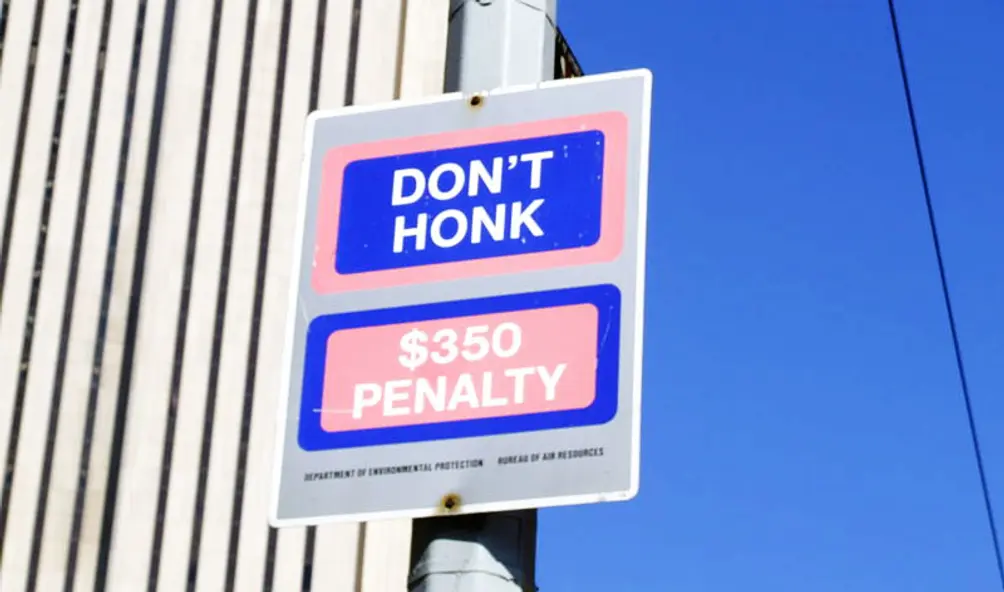 Don't Honk Sign near NYC's City Hall
Don't Honk Sign near NYC's City Hall
By Andy C, Wikimedia Commons
1980s to 1990s: Throughout the 1980s and 1990s, various New York City mayors responded to the noise problem with their own initiatives. In 1986, Mayor Koch introduced “Don’t Honk” signs in designated quiet zones and imposed a penalty on anyone breaking the ordinance (rarely enforced, these signs were finally removed in 2013). Later, in 1993, the city established Operation Soundtrap, which put inspectors from the Department of Environmental Protection in police squad cars. The goal was to locate and fine anyone found blasting music from a car stereo or boom box.
2000s: More recent efforts to address the city’s noise problems have included Operation Silent Night, and the establishment of the city’s 311 line. While 311 may provide an outlet for New Yorkers to vent about construction sounds, traffic noise and car alarms at any time of the day or night, 311 data, which can be accessed via the city’s OpenData portal, reveals that the city’s ongoing efforts to reduce ambient noise have failed. On any given day, noise complaints of all kinds top 311’s list of complaints.
2020s: On the 20-year anniversary of 311 in March 2023, data showed that noise complaints came in as the most frequent calls to the service, with a spike in noise complaints coming during the height of the pandemic-induced lockdown. Perhaps that was inevitable with people staying home and becoming much more aware of the Zoom, TV, pet, and kid noise coming from the apartments around them, but a study from Columbia University found that an unintended consequence of the Open Streets program was an increase in noise complaints.
Escaping the City’s Noise Pollution
Given the long and mostly unsuccessful efforts of activists and legislators alike to mute the city’s noise, the real question is not how to suppress New York’s ongoing noise but rather where and how to escape it. Unfortunately, escaping the city’s noise can be a challenge.Beyond being a persistent problem at street level, the city’s ambient noise has a remarkable ability to travel and to penetrate materials of all kinds. This is because sound travels up and the higher up you go, the fewer obstructions there are to absorb sounds. As a result, living on the 20th floor of a high-rise does not necessarily provide much more protection from noise pollution than living closer to street level. If you happen to be on the uppermost floors of Central Park Tower, you will definitely hear fewer street sounds, but other noises like overhead helicopters can pose a problem.
Whatever floor one lives on, there are a number of DIY solutions individuals can take to reduce noise. For short-term nuisances like a noisy kid or a loud party, Gothamist recommends everything from ear plugs to white noise machines. Those who want to go one step further against street noise can install soundproof interior windows – Brick Underground notes that it’s a fairly painless (if expensive) process for condos, rentals, and co-ops alike, though a bit more arduous when it comes to replacing exterior windows.
Finally, some people go into their real estate search with the knowledge of being sensitive to noise, and make that a key part of their decision on where to live. Those people would be well advised to avoid Washington Heights, Harlem, Bedford-Stuyvesant, Bushwick, and Williamsburg – according to NYC Open Data, which compiles information from various city agencies, these five neighborhoods in core New York City areas received the most noise complaints in 2023.
At the opposite end of the spectrum, many of the quietest neighborhoods in the five boroughs were found in Staten Island. For those who want the vibrancy of city life without the noise, we look at listings in the Manhattan and Brooklyn neighborhoods with the fewest noise complaints from 2023.
At the opposite end of the spectrum, many of the quietest neighborhoods in the five boroughs were found in Staten Island. For those who want the vibrancy of city life without the noise, we look at listings in the Manhattan and Brooklyn neighborhoods with the fewest noise complaints from 2023.
Quietest Neighborhoods in Core NYC Areas
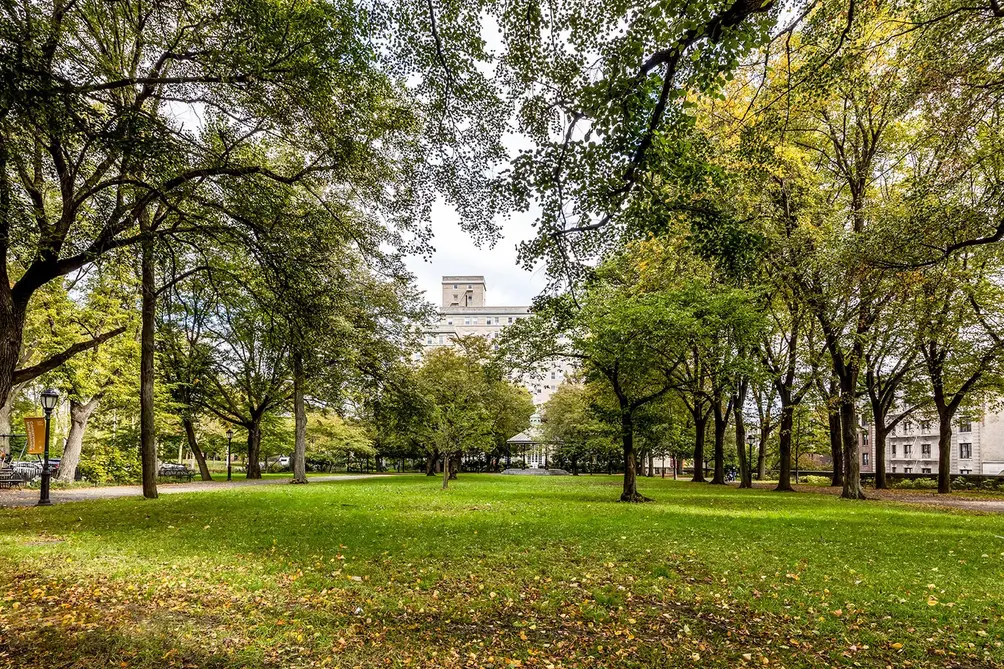
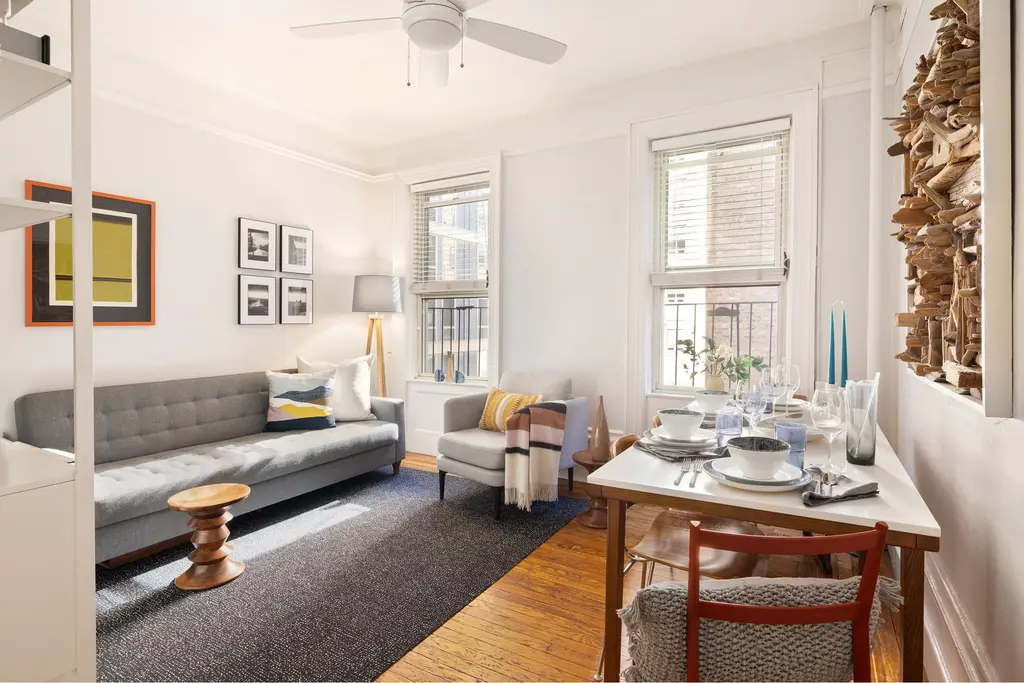
114 Morningside Drive, #35 (Douglas Elliman Real Estate)
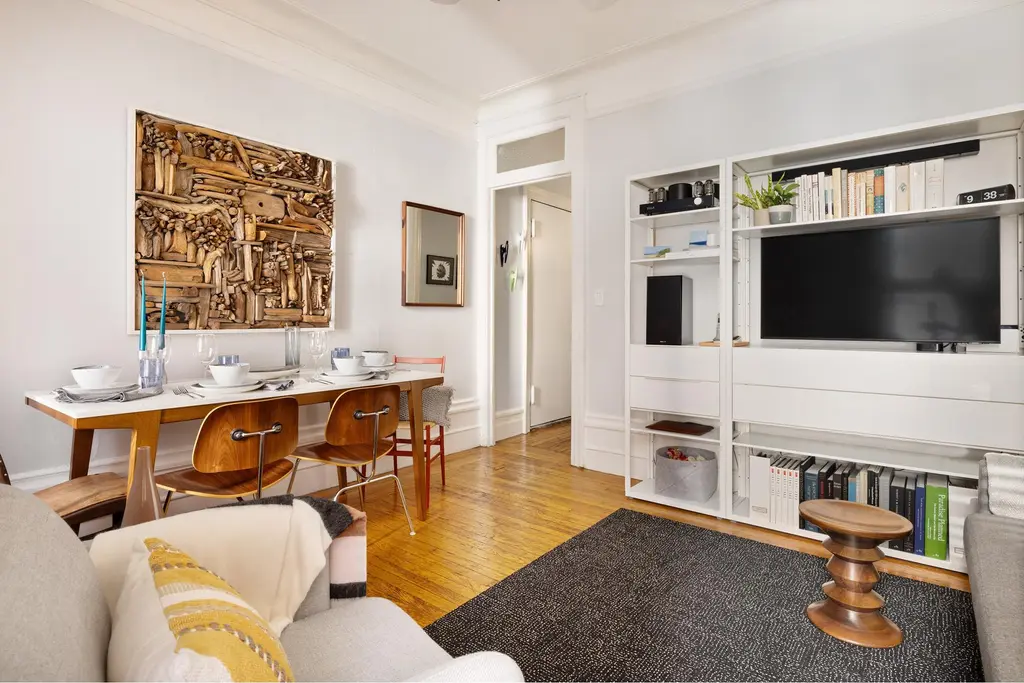
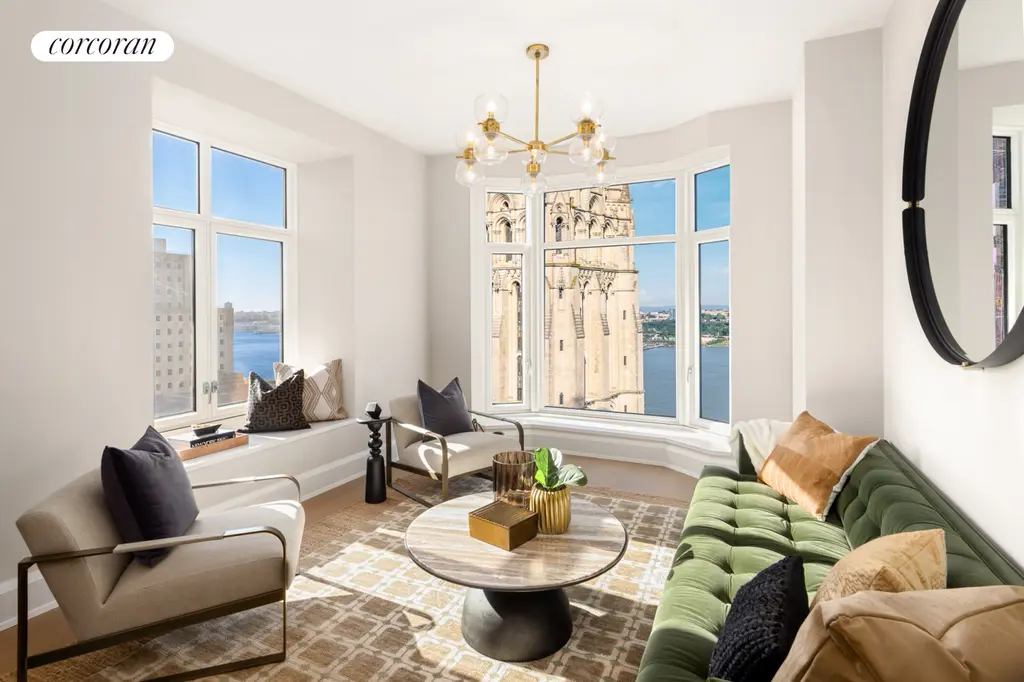
Claremont Hall, #23E (Corcoran Sunshine Marketing Group)
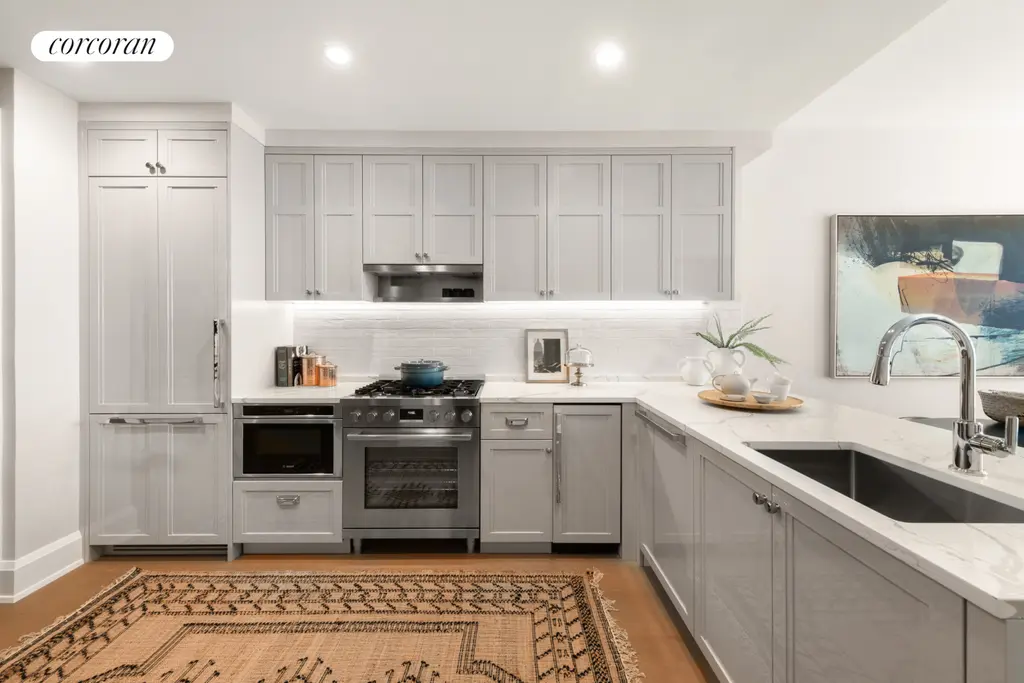
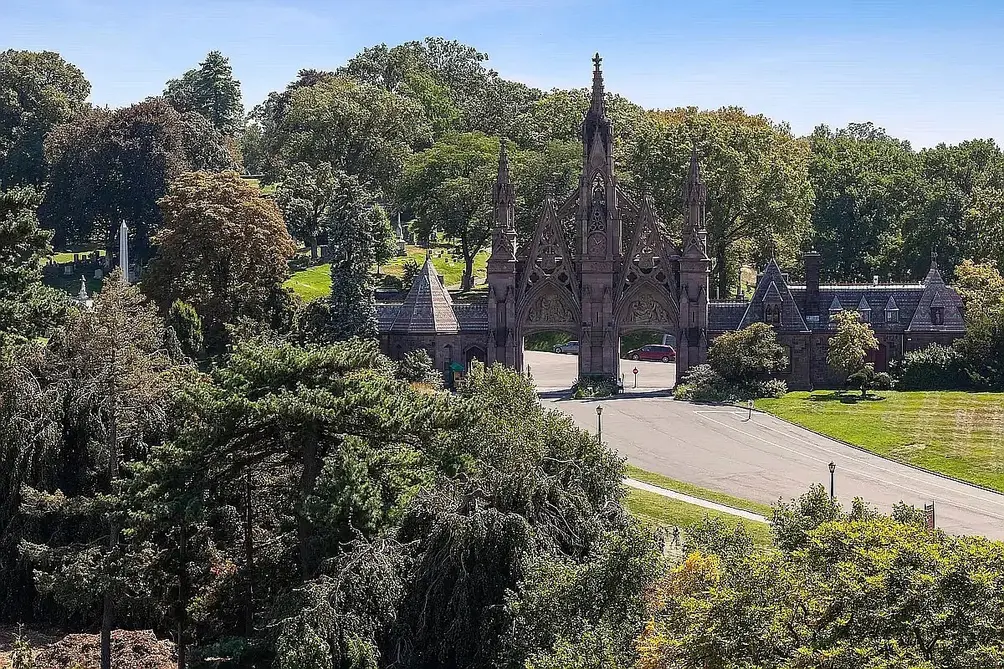
Arbor Eighteen, #101
$790,000
South Slope - Greenwood Heights | Condominium | 1 Bedroom, 1 Bath | 626 ft2
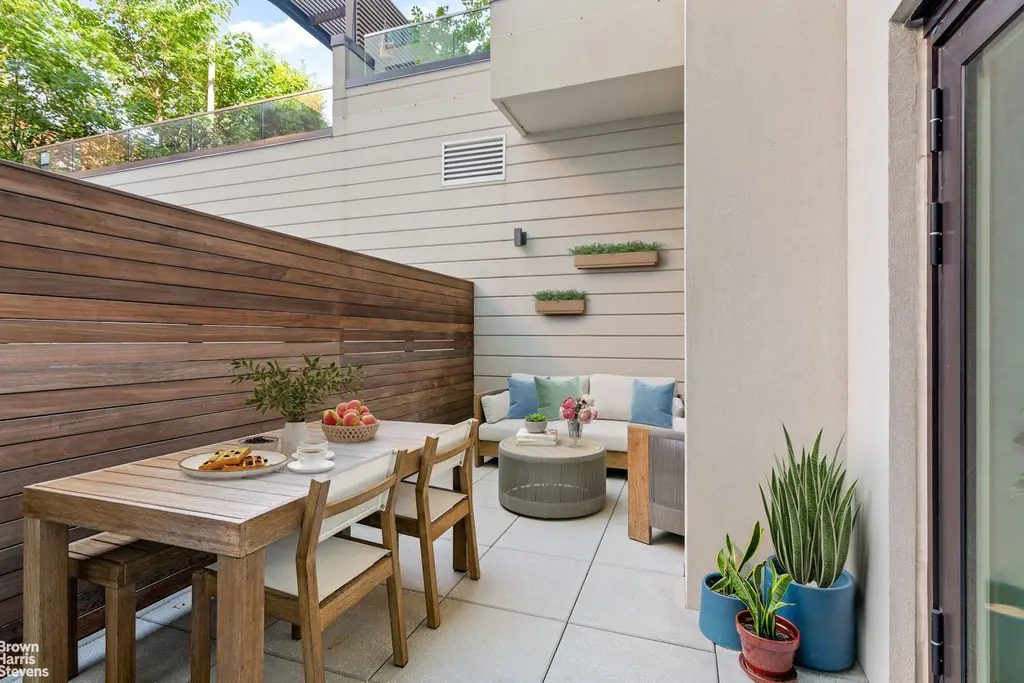
Arbor Eighteen, #101 (Brown Harris Stevens Brooklyn LLC)
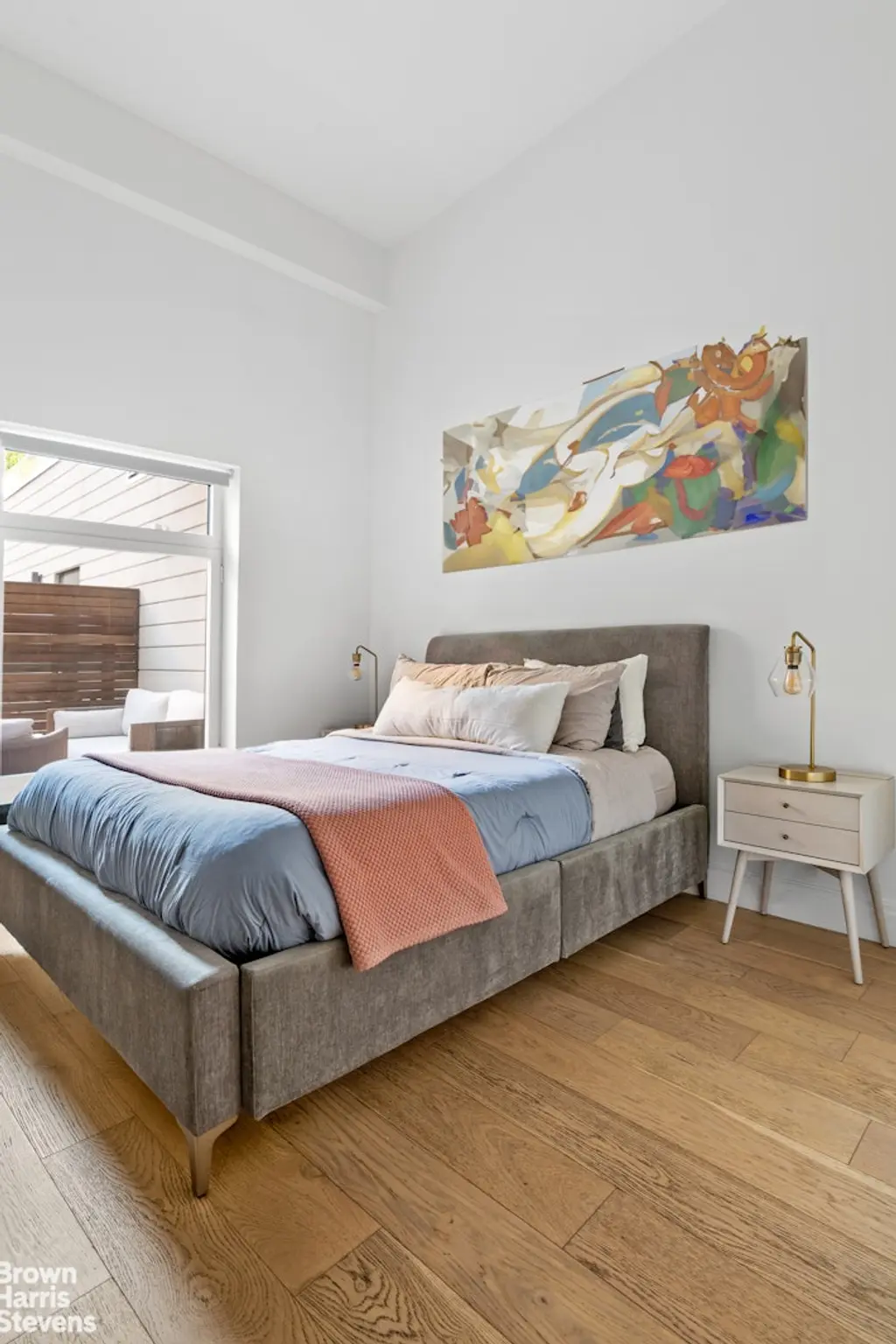
233 Eighteenth, #6A
$1,450,000
South Slope - Greenwood Heights | Condominium | 2 Bedrooms, 2 Baths | 989 ft2
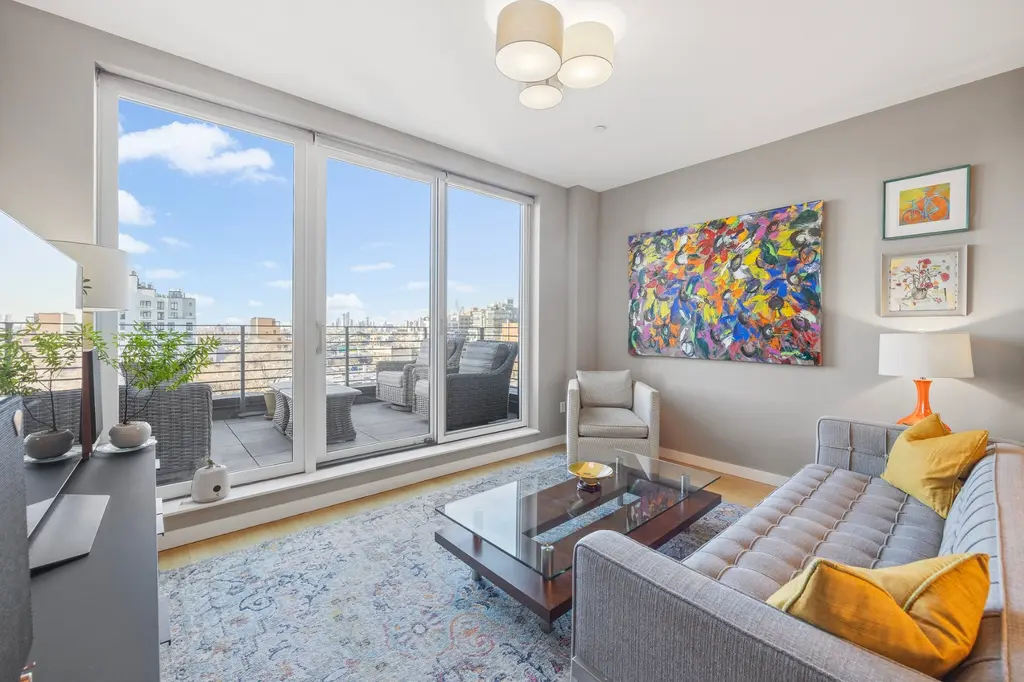
233 Eighteenth, #6A (Keller Williams NYC)
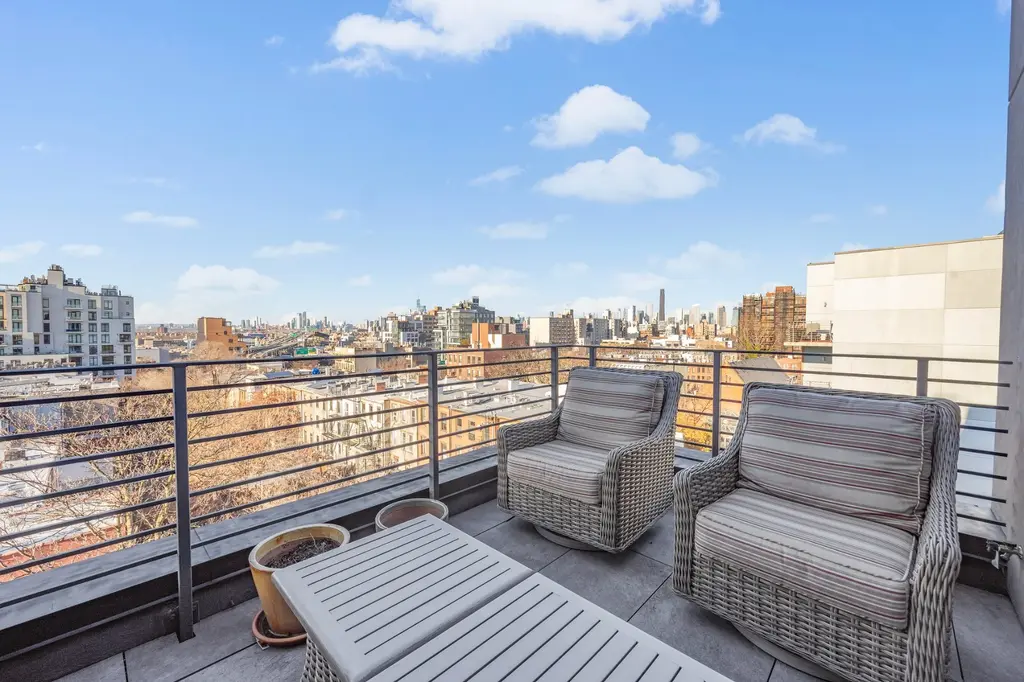
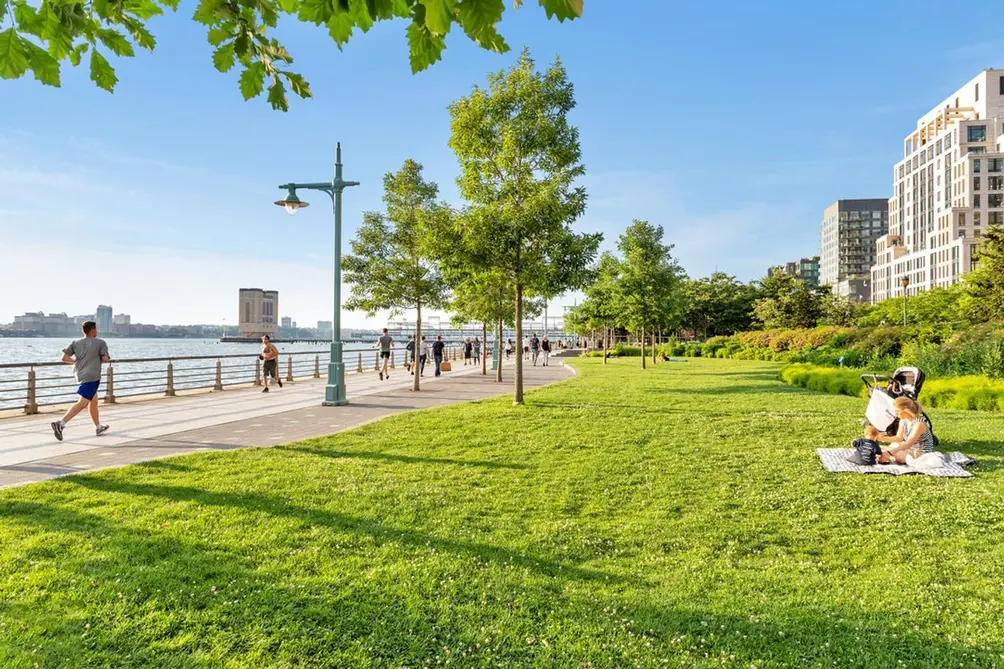
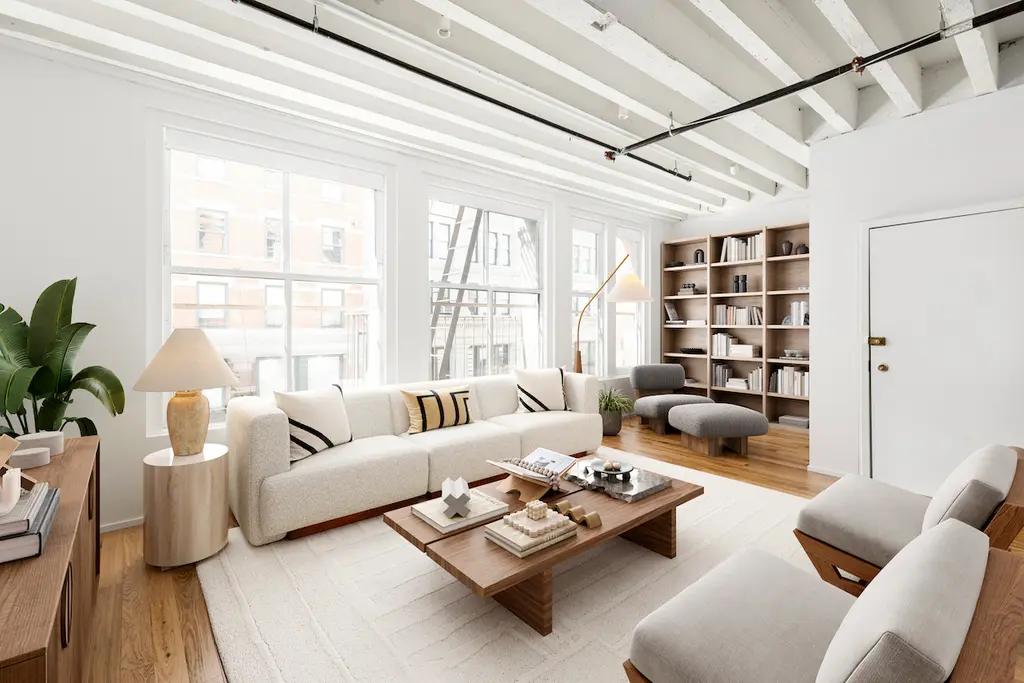
158 Franklin Street, #3 (Serhant LLC)
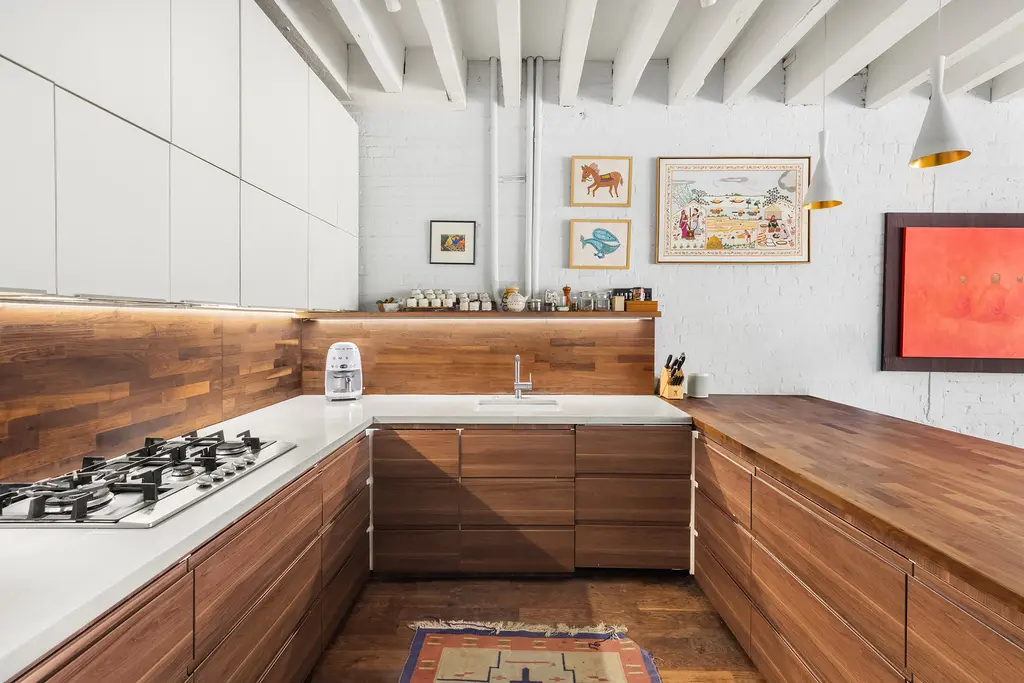
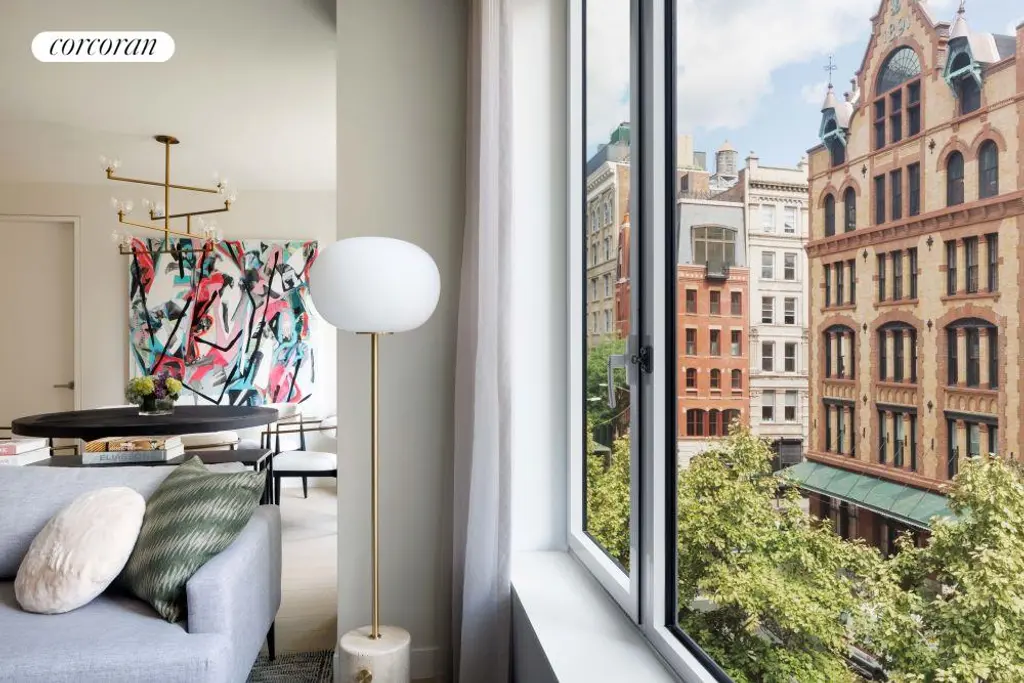
450 Washington Street, #217 (Corcoran Sunshine Marketing Group)
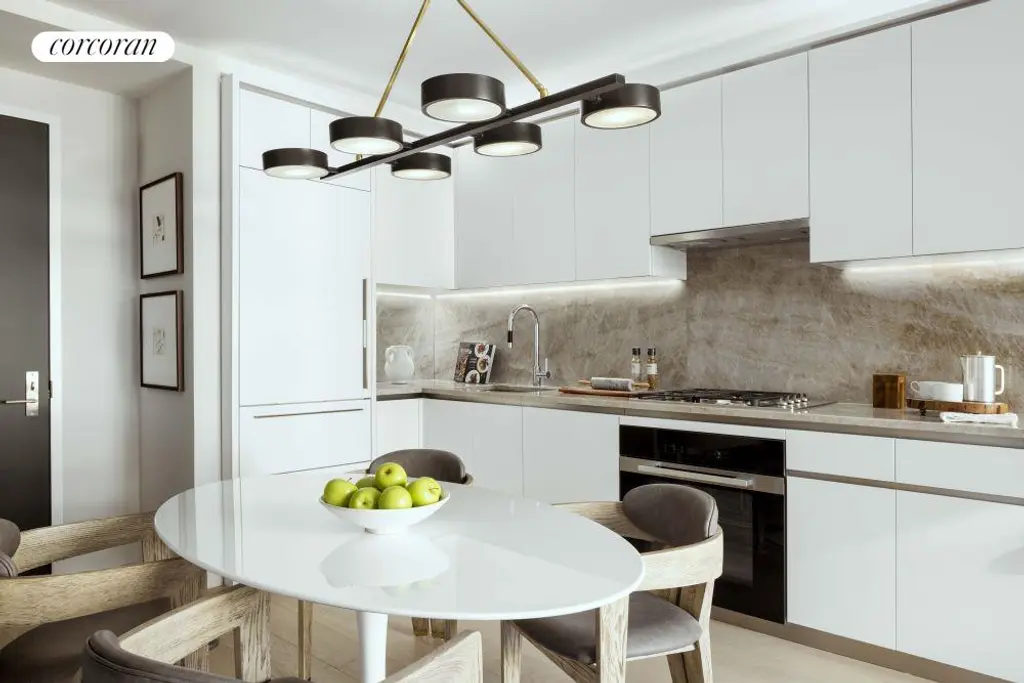
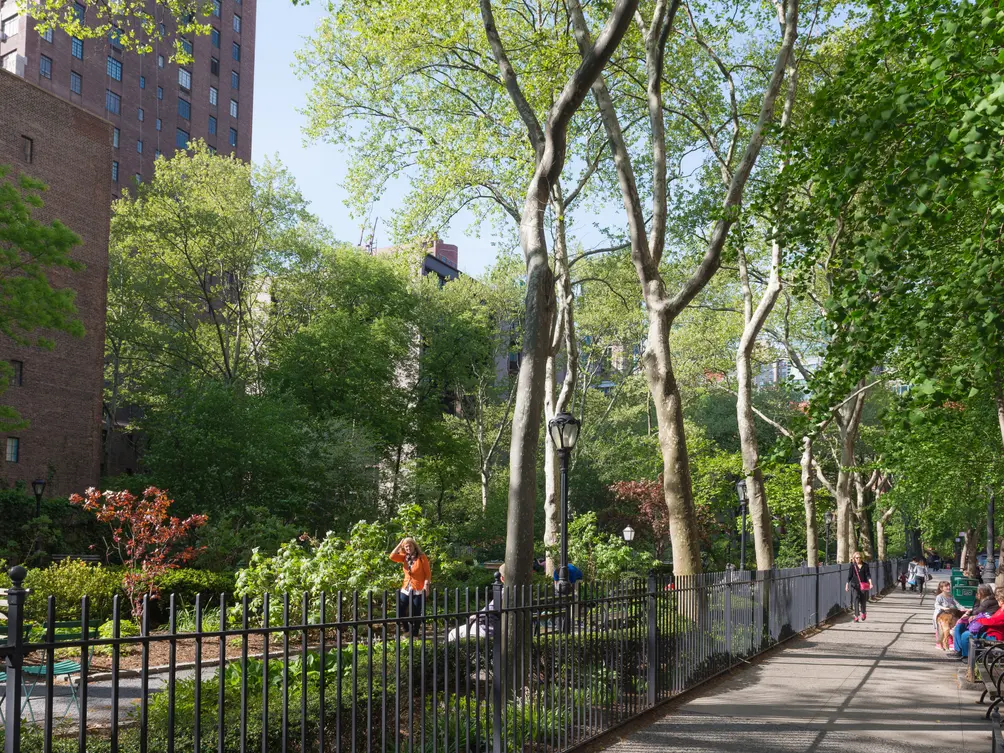
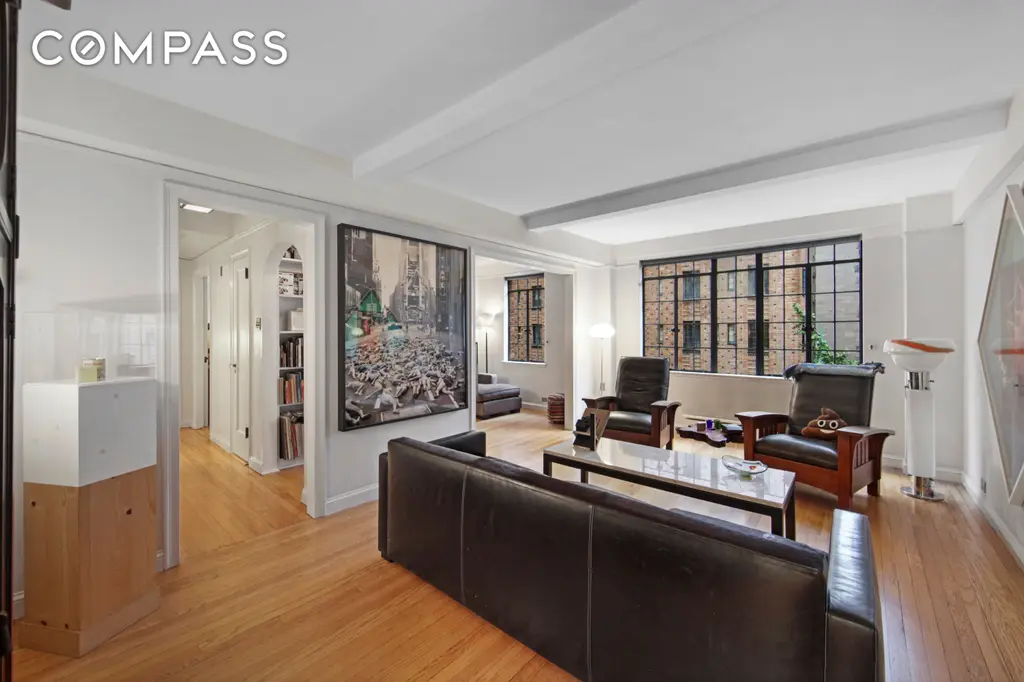
Hardwicke Hall, #702B (Compass)
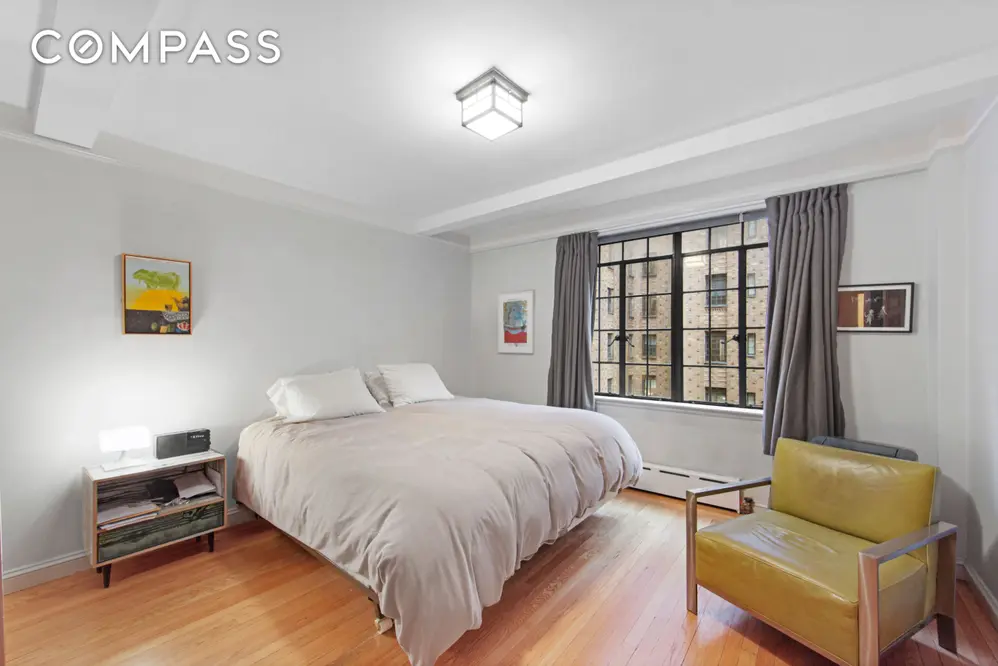
100 United Nations Plaza, #22B
$1,895,000
Turtle Bay/United Nations | Condominium | 2 Bedrooms, 2 Baths | 1,337 ft2
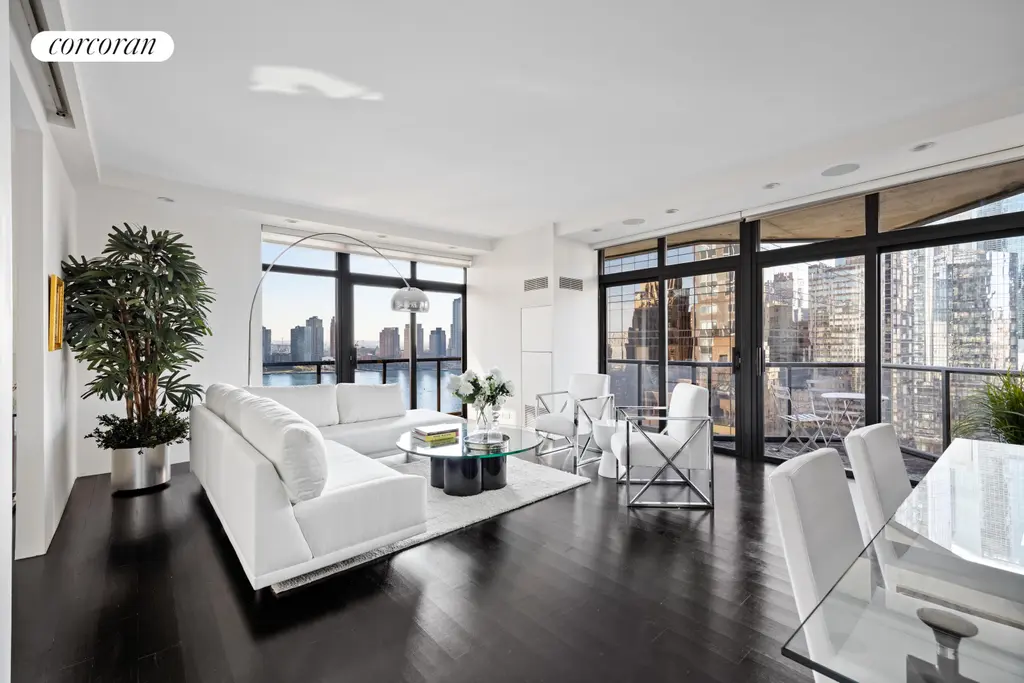
100 United Nations Plaza, #22B (Corcoran Group)
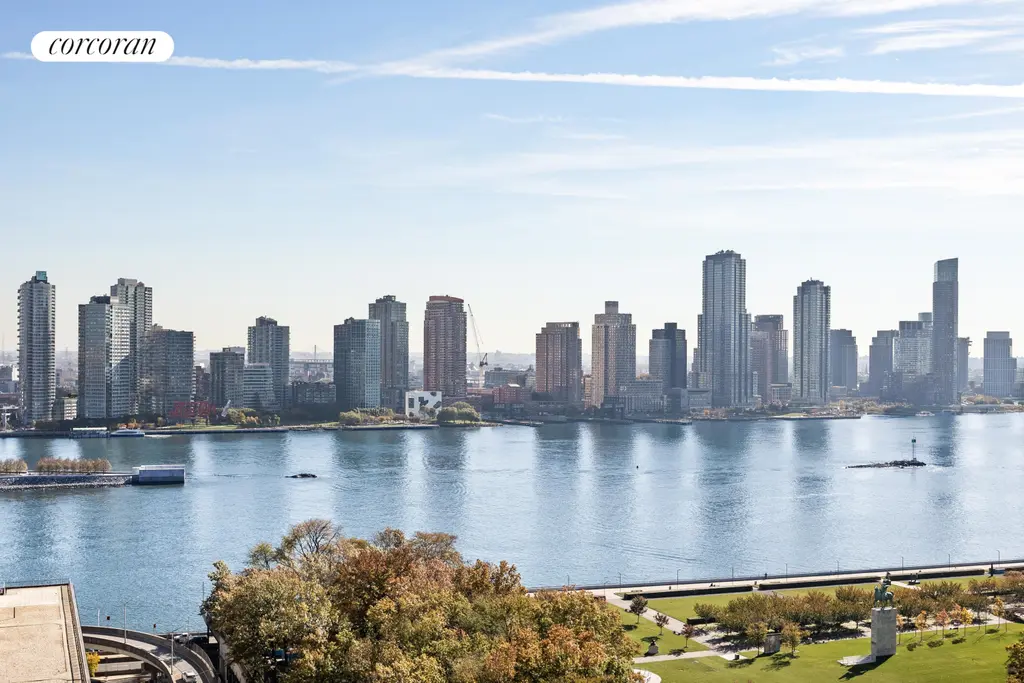
Would you like to tour any of these properties?
Just complete the info below.
Or call us at (212) 755-5544
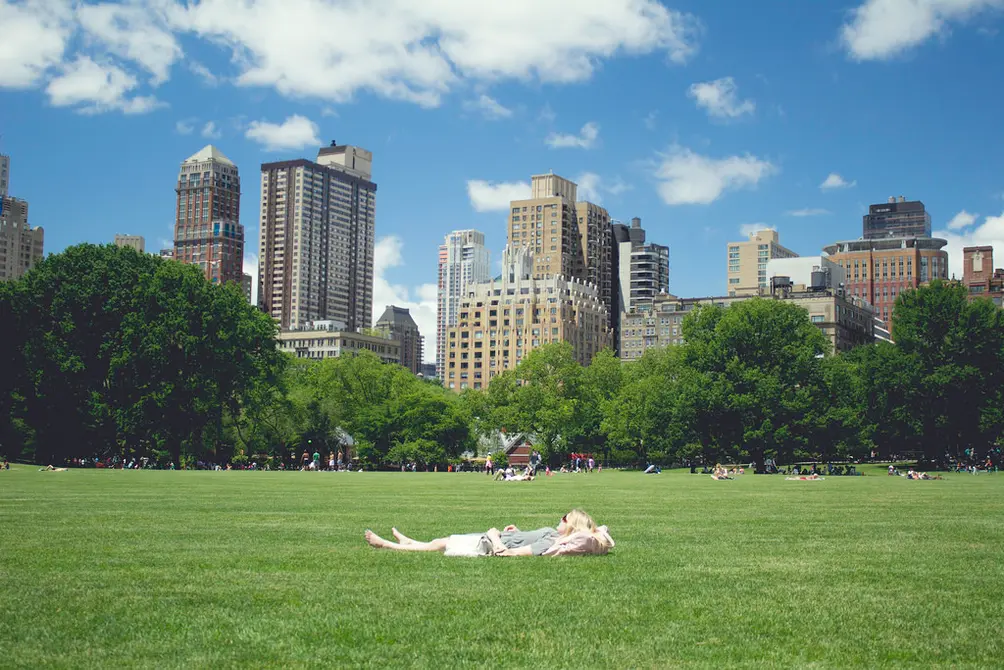
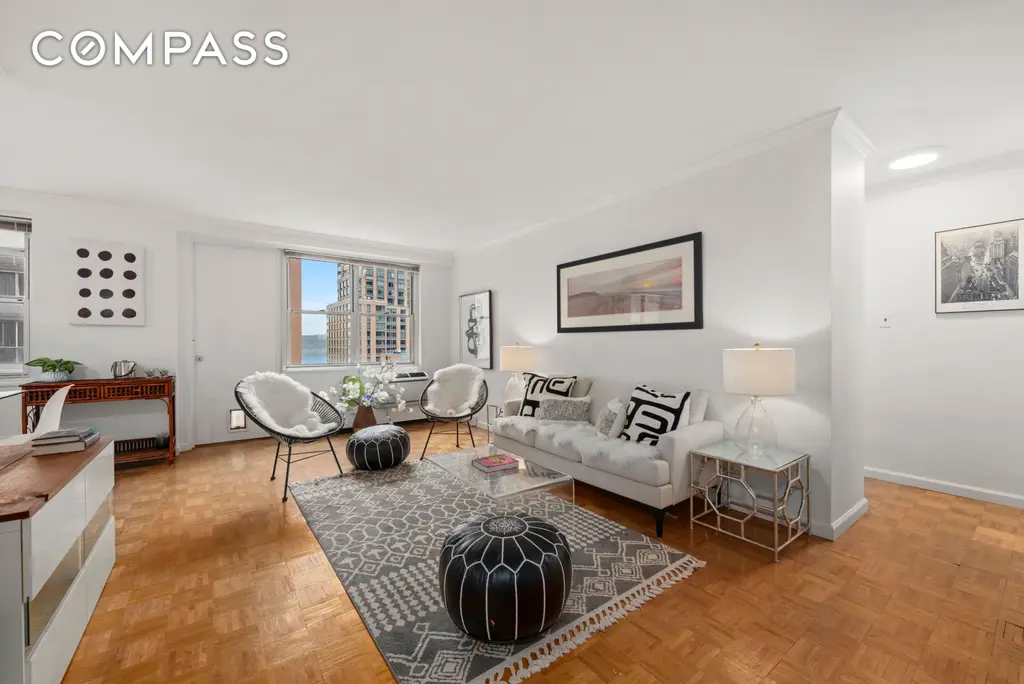
Lincoln Guild, #12JE (Compass)
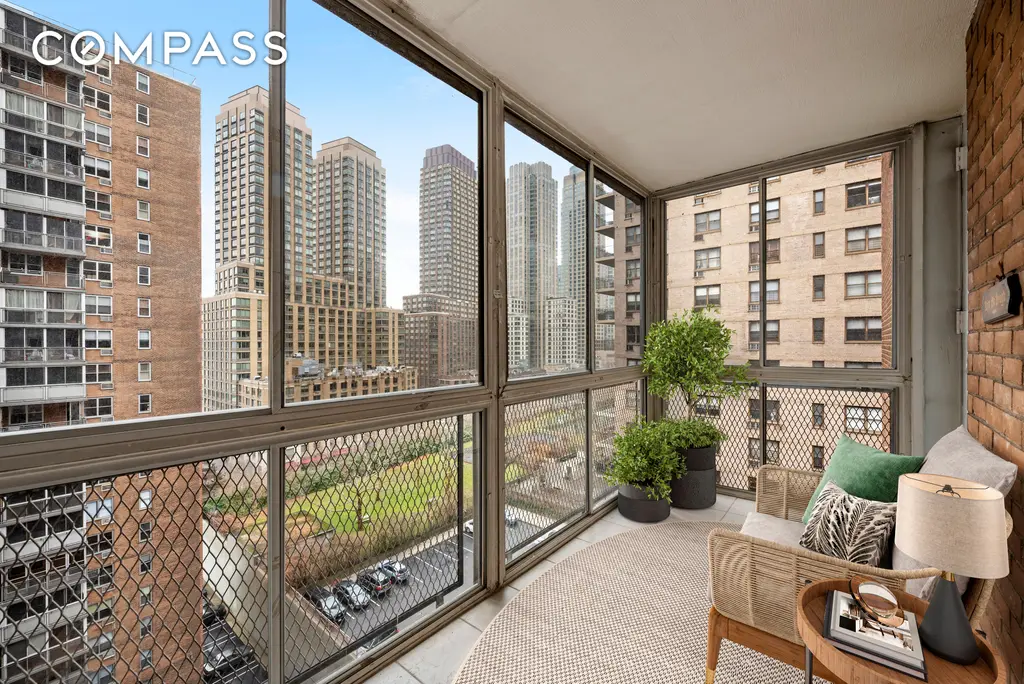
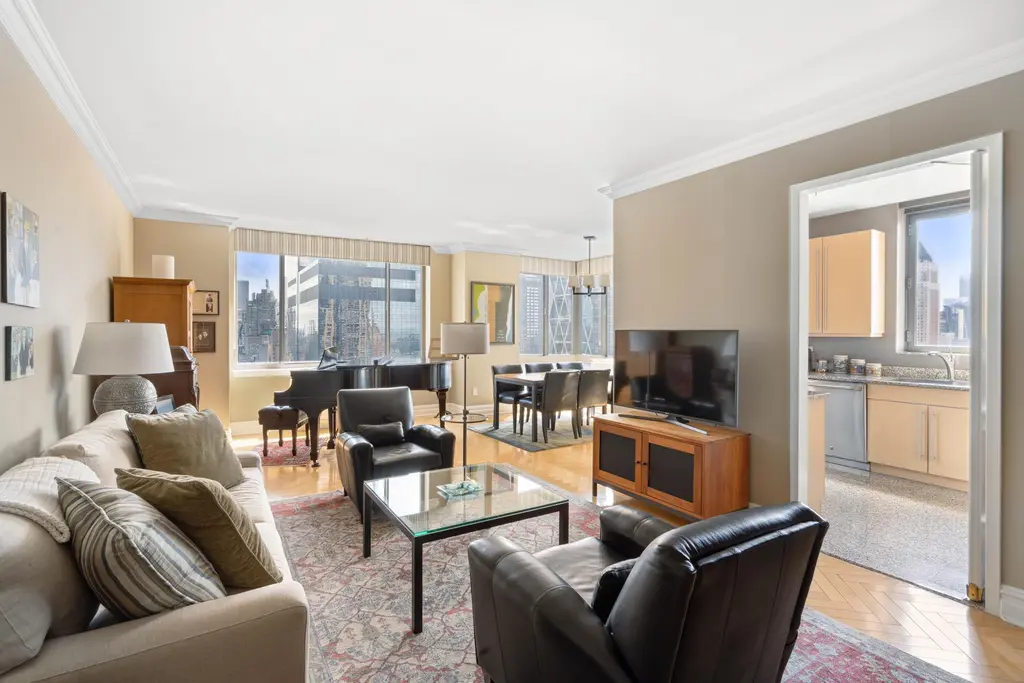
2 Columbus Avenue, #29C (Douglas Elliman Real Estate)
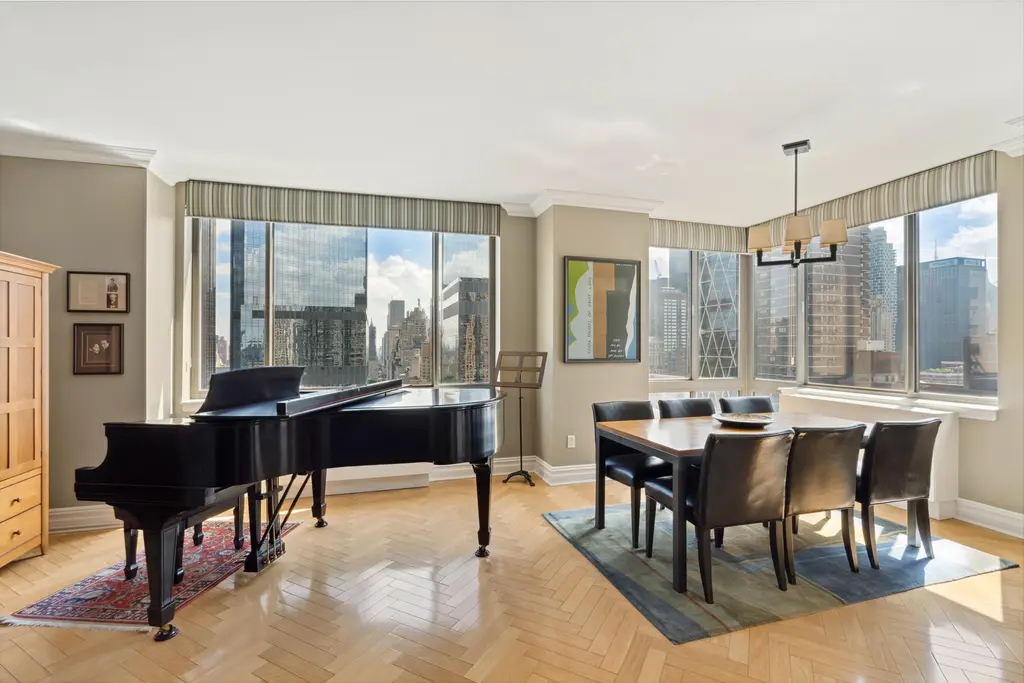
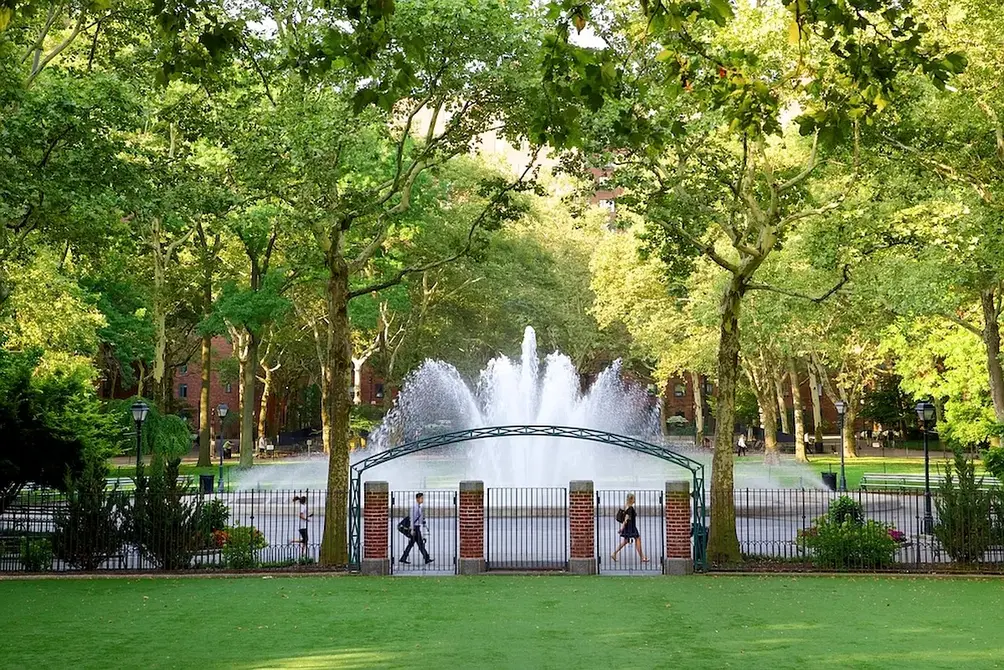
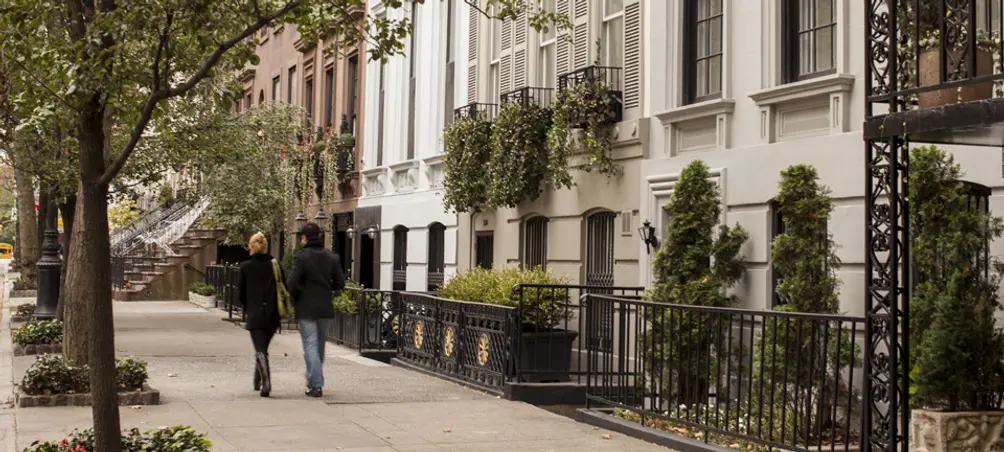
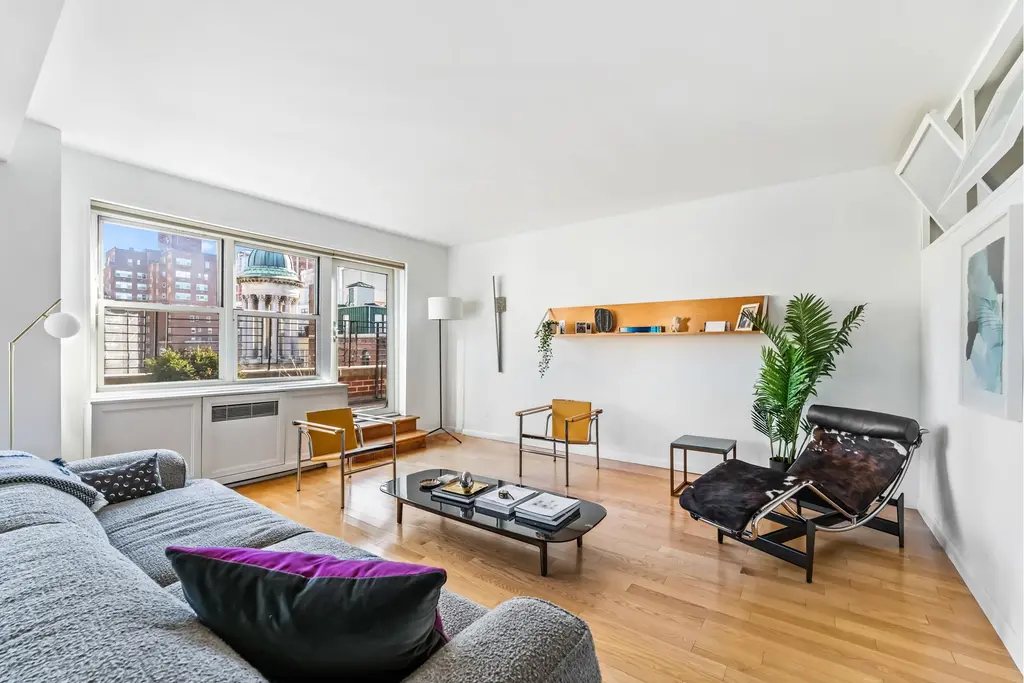
136 East 76th Street, #14C (Douglas Elliman Real Estate)
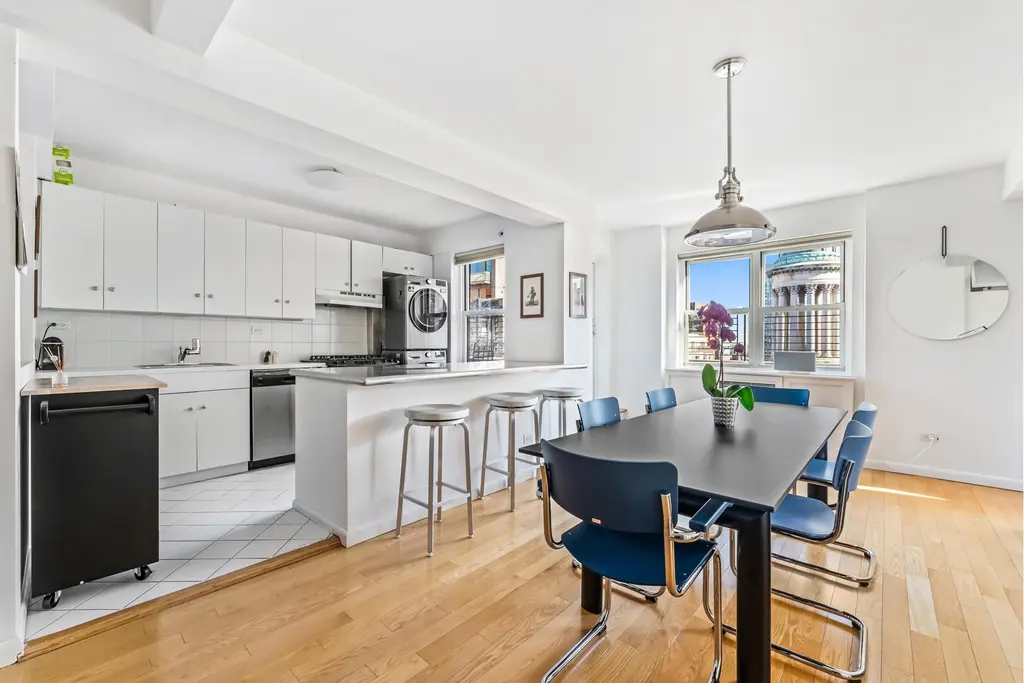
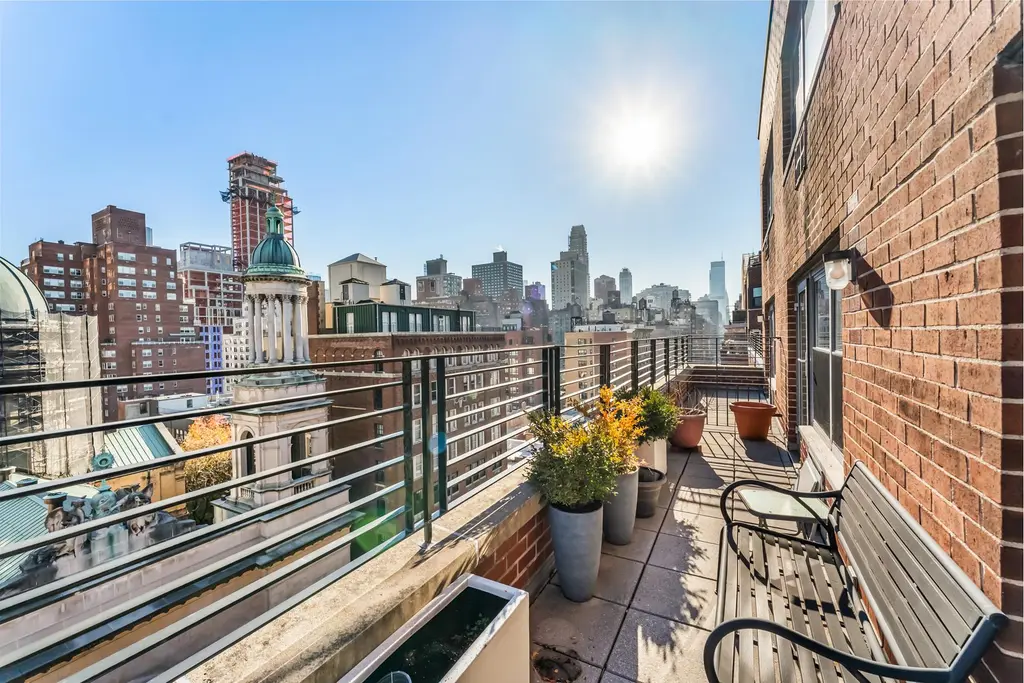
44 East 67th Street, #5C
$2,595,000
Park/Fifth Ave. to 79th St. | Condominium | 2 Bedrooms, 2.5 Baths | 1,380 ft2
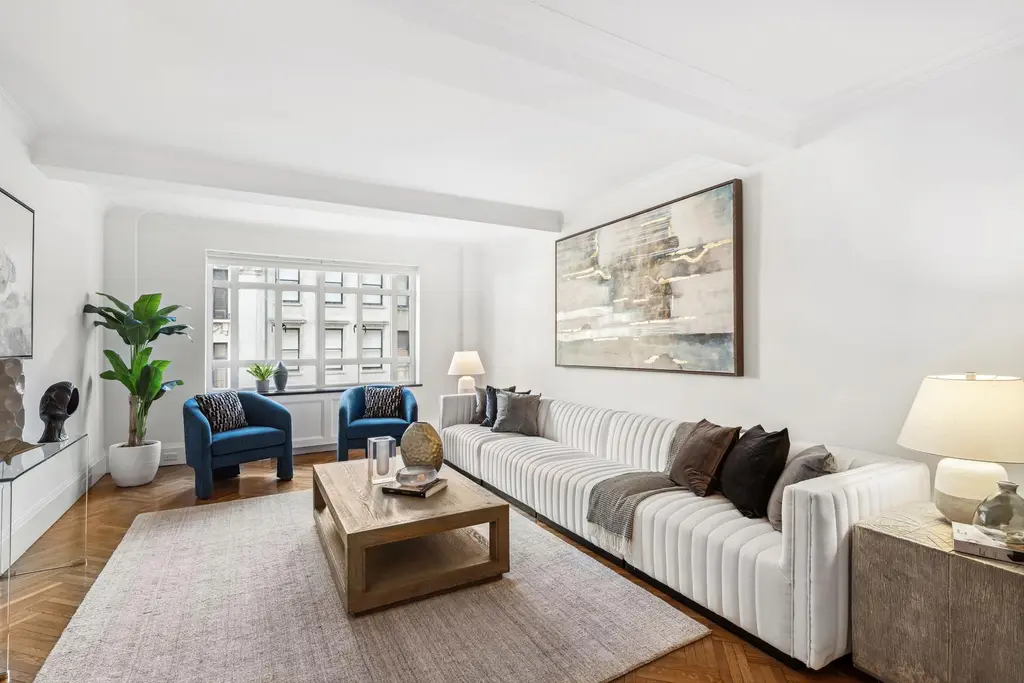
44 East 67th Street, #5C (Douglas Elliman Real Estate)
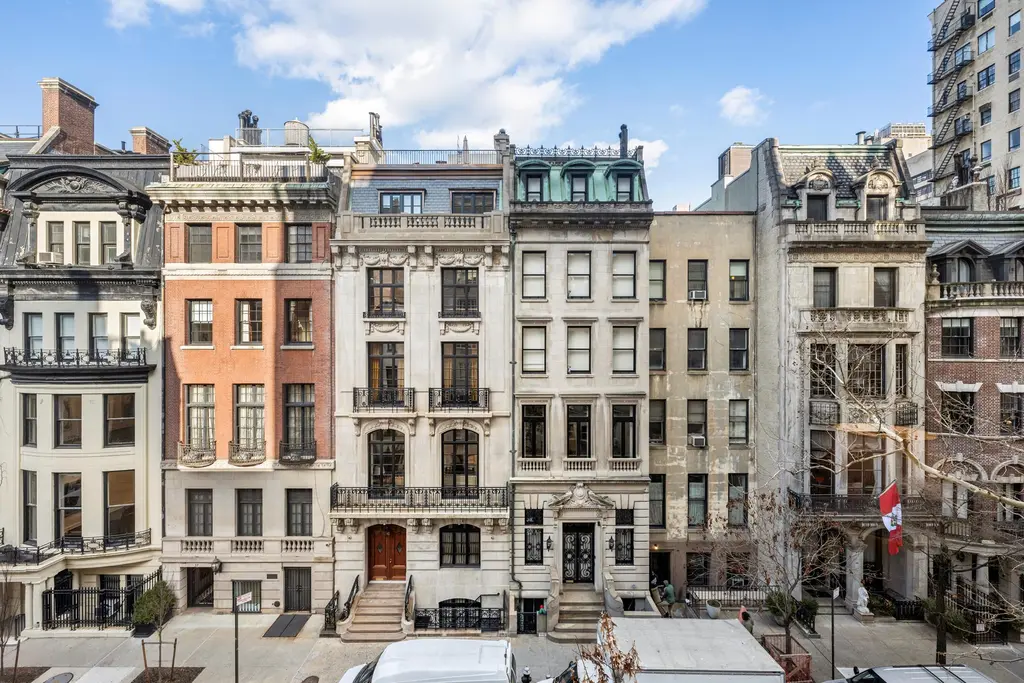
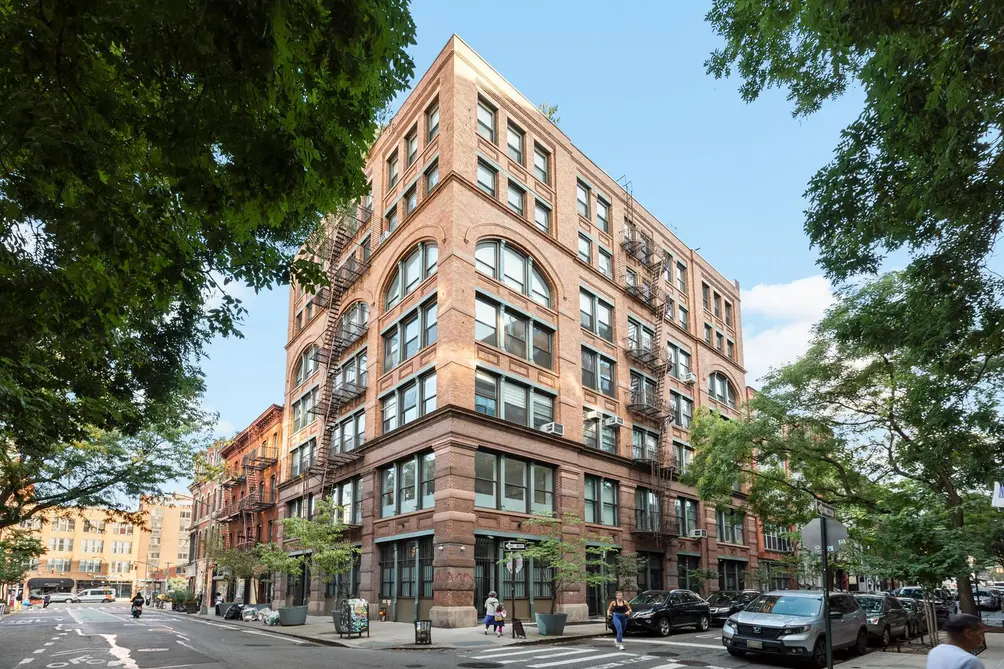
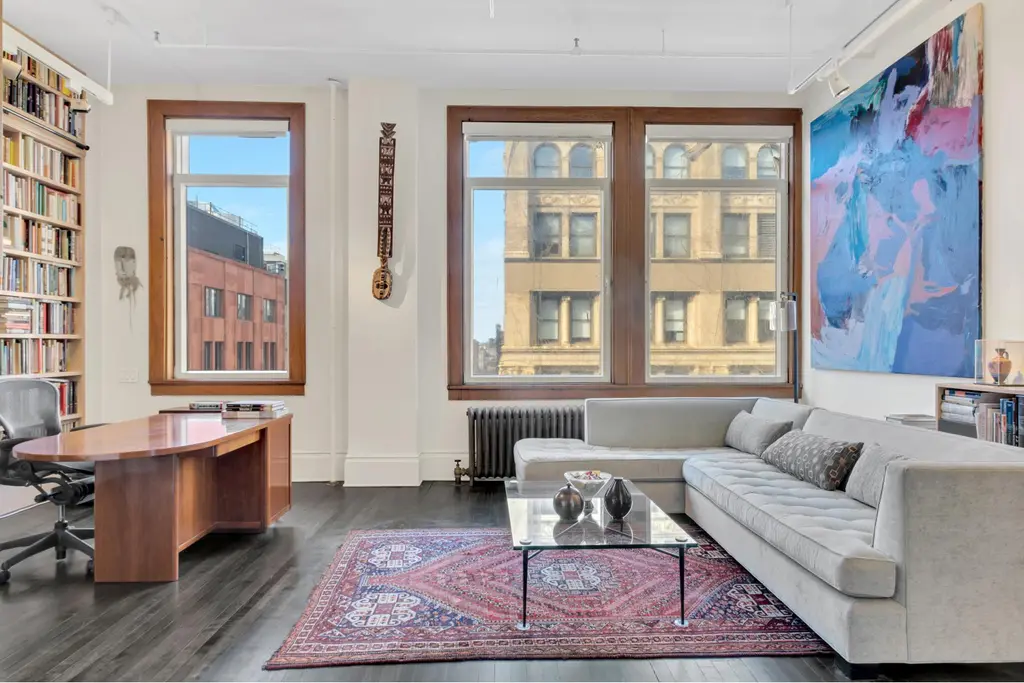
718 Broadway, #10A (Douglas Elliman Real Estate)
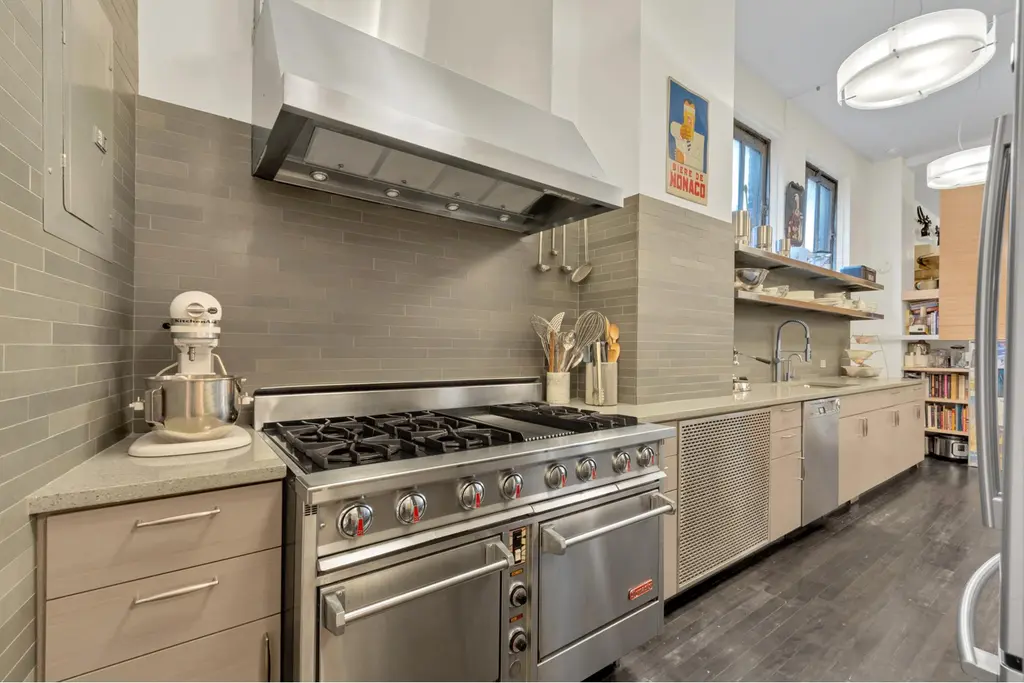
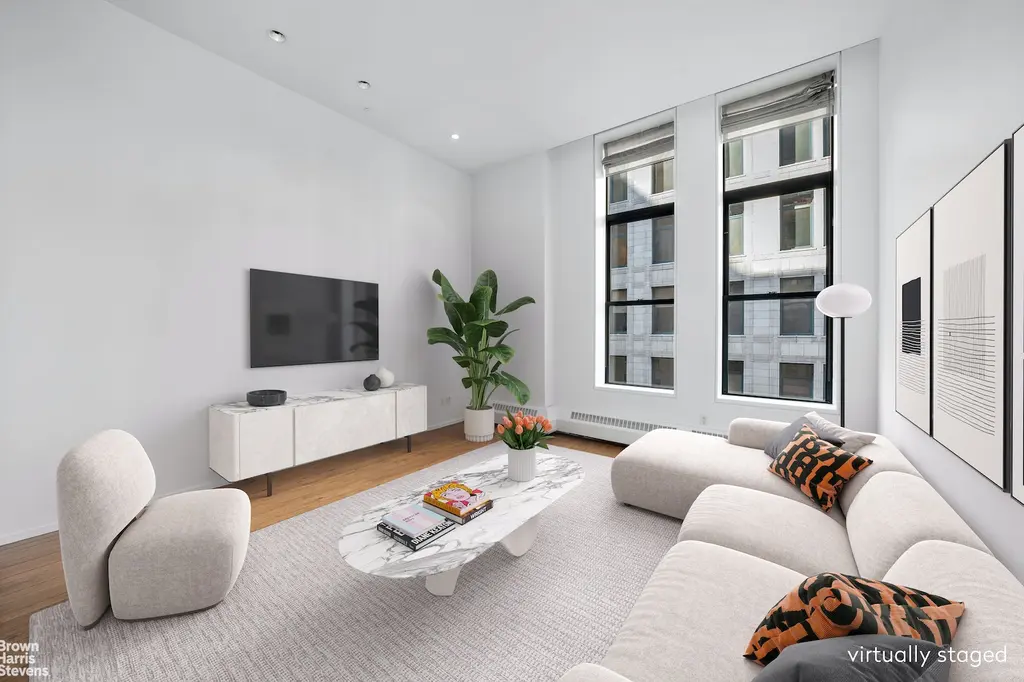
21 Astor Place, #6A (Brown Harris Stevens Residential Sales LLC)
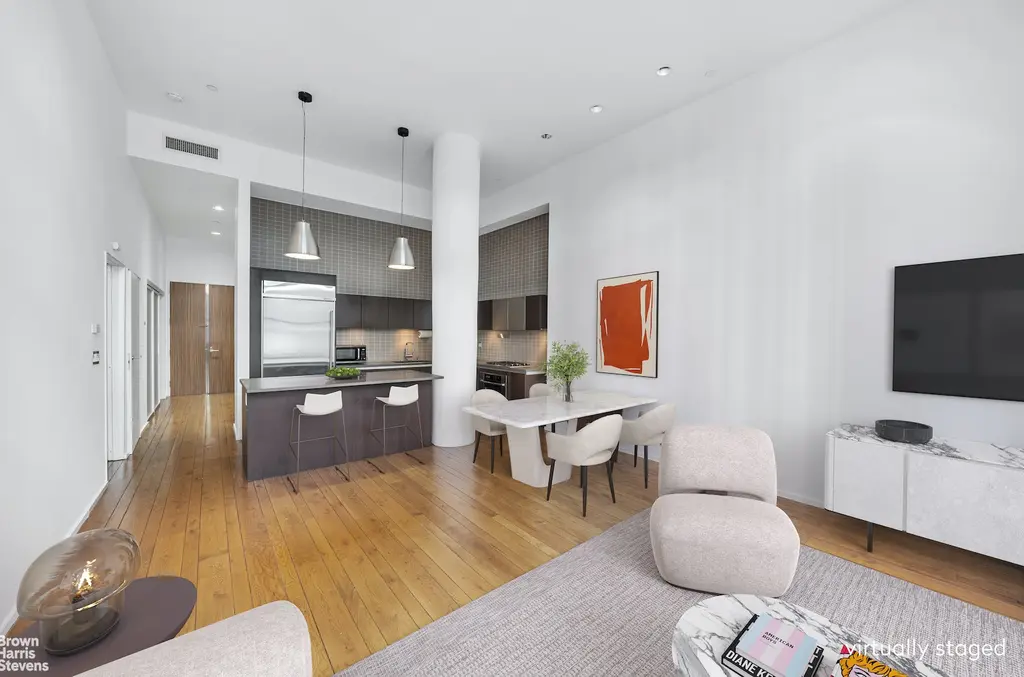
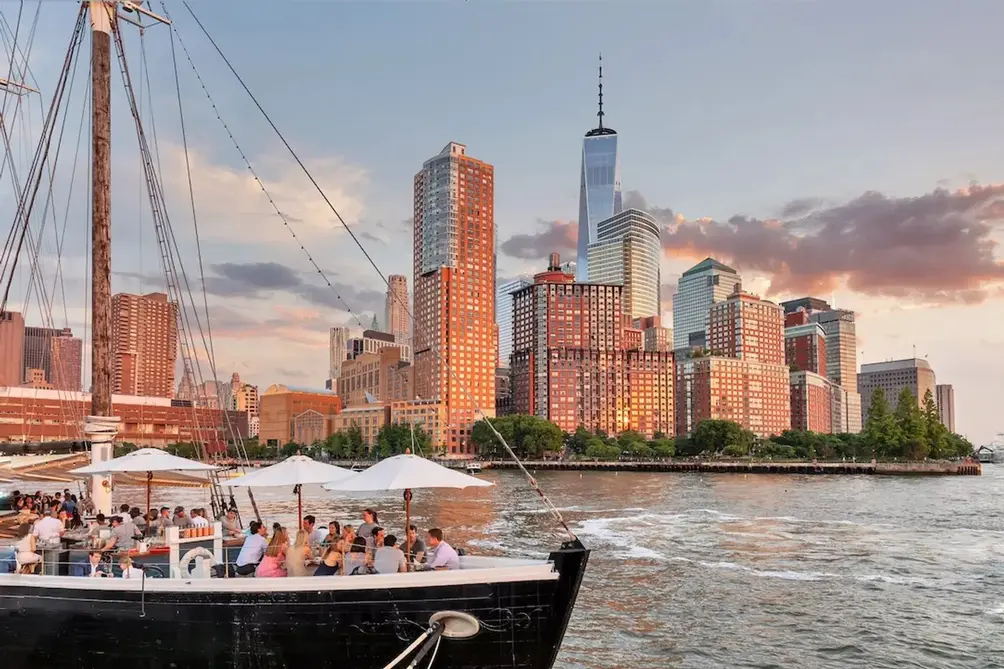
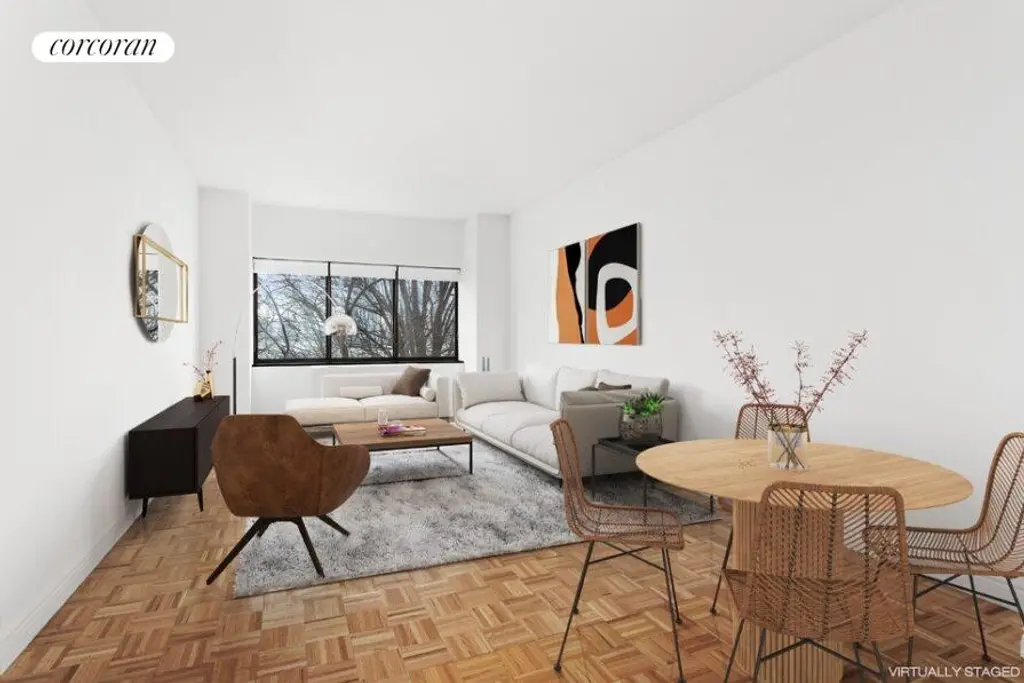
Liberty Terrace, #5L (Corcoran Group)
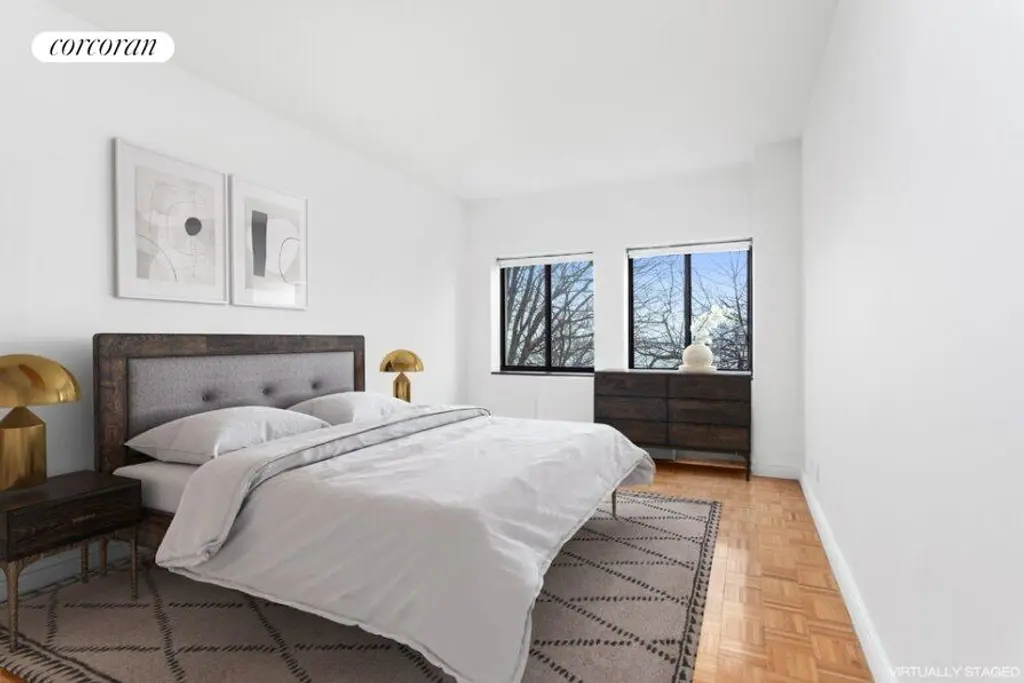
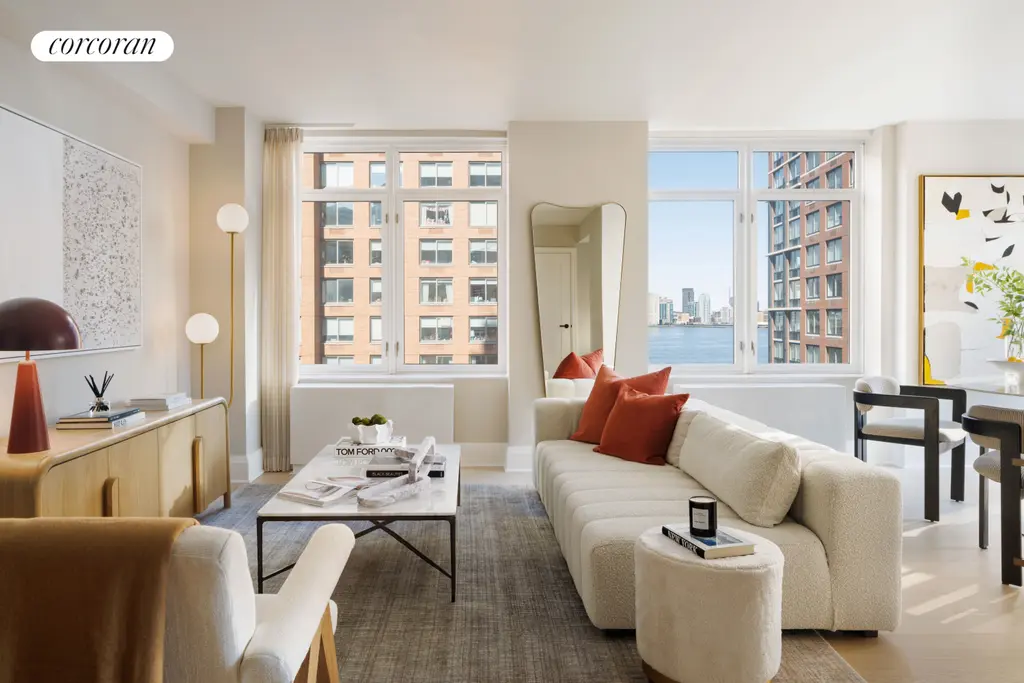
Tribeca Green, #11A (Corcoran Sunshine Marketing Group)
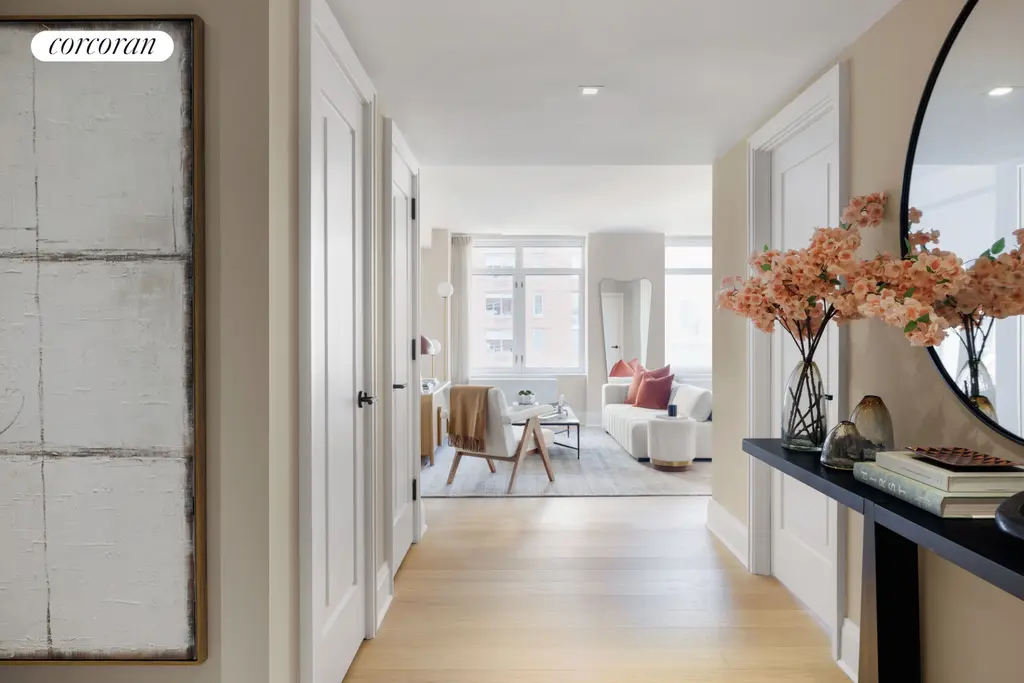
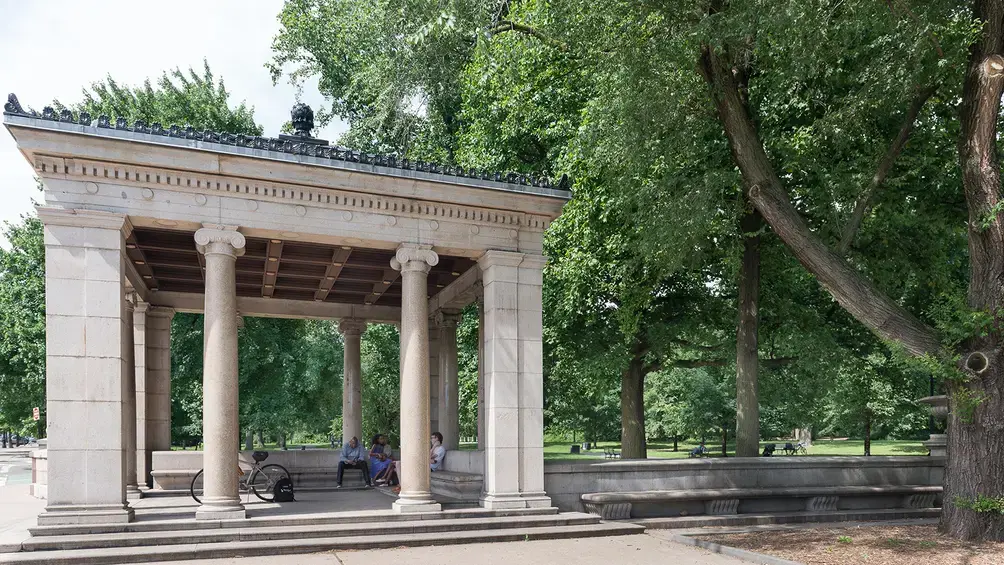
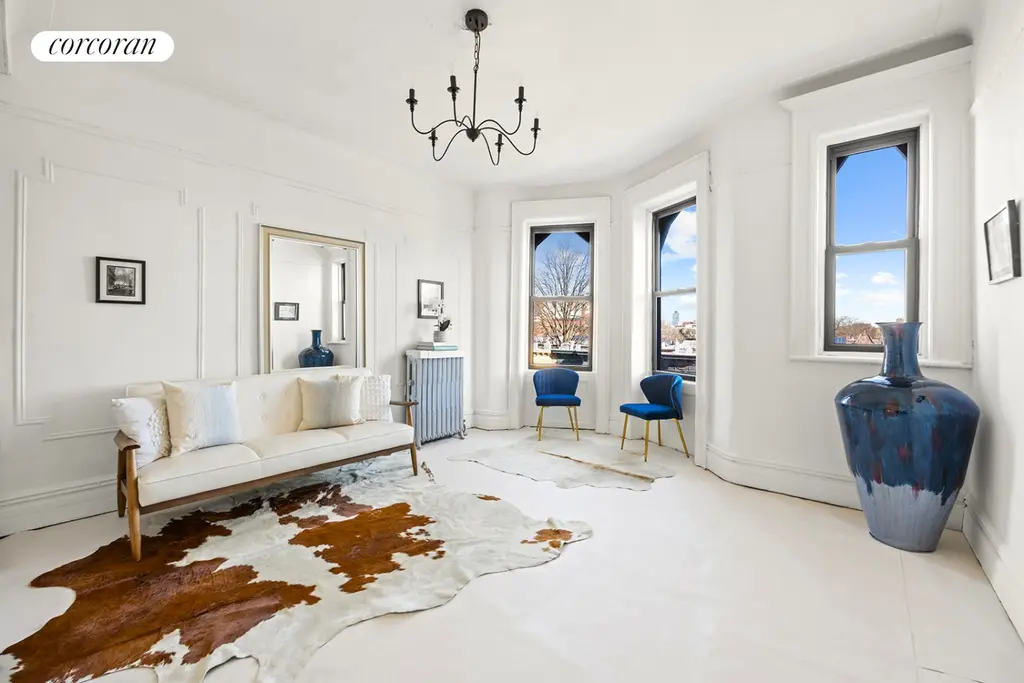
454 15th Street, #4R (Corcoran Group)
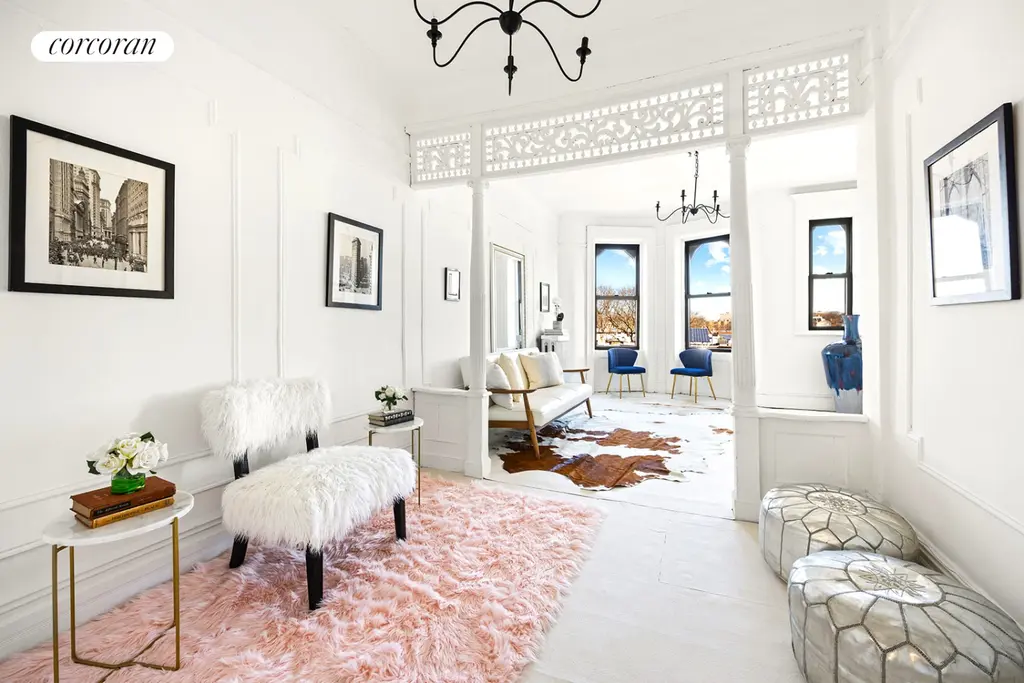
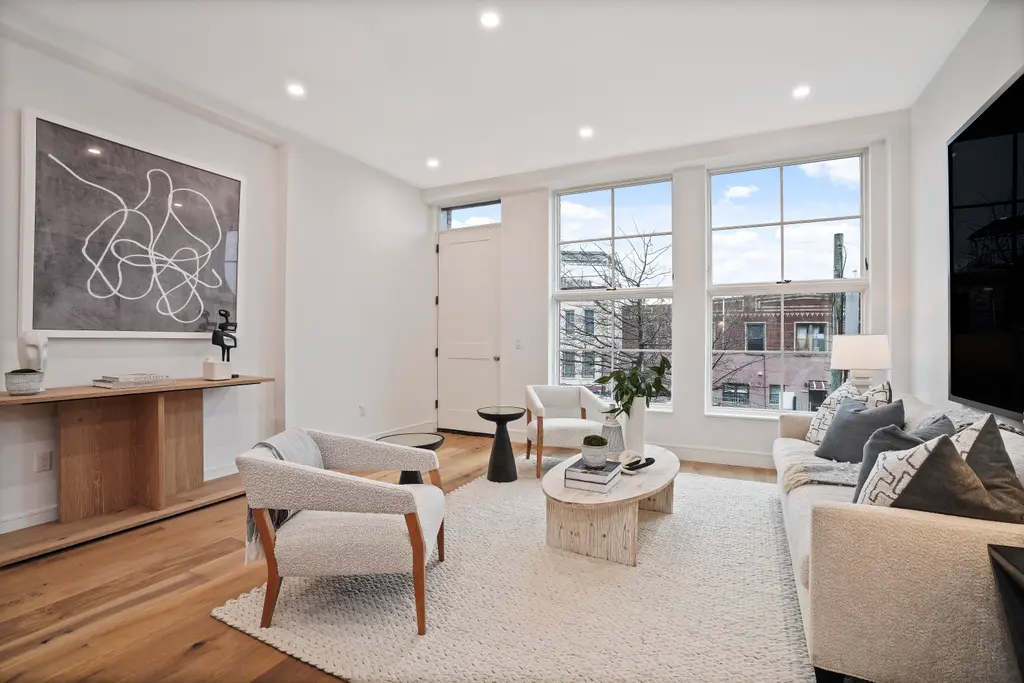
The Parisa, #2D (Daniel Gale Sotheby's International Realty)
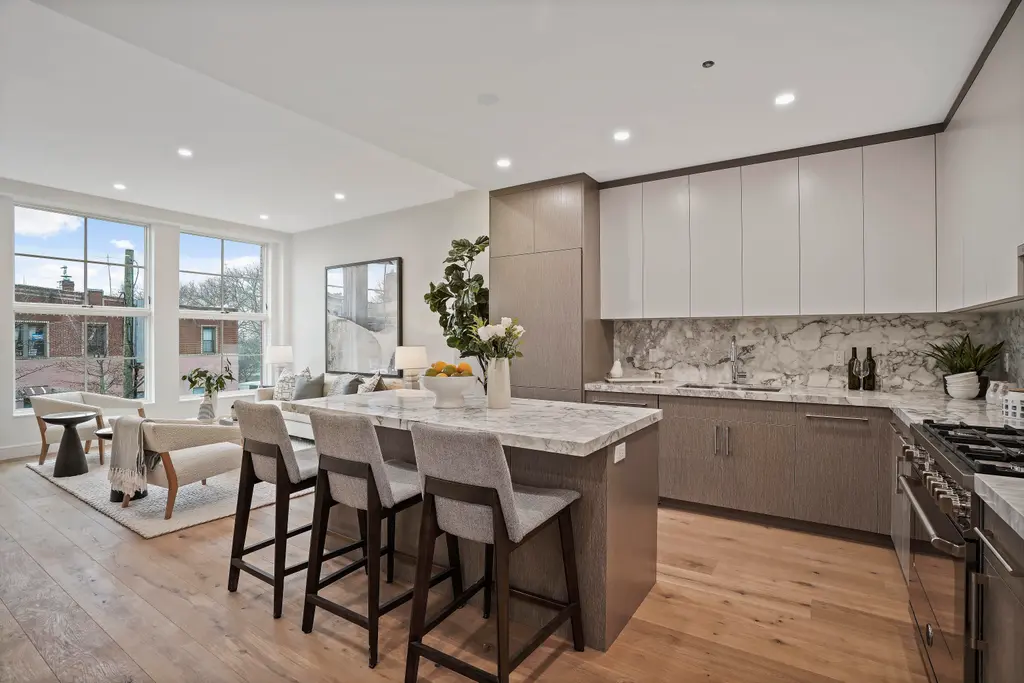
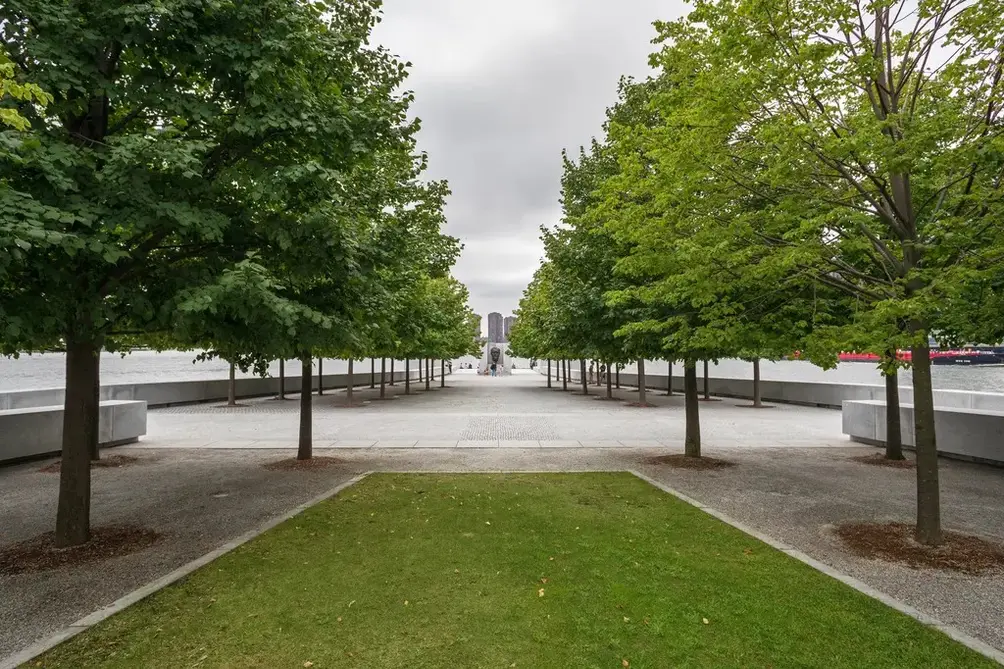 Photo of Four Freedoms Park © James and Karla Murray for 6sqft
Photo of Four Freedoms Park © James and Karla Murray for 6sqft
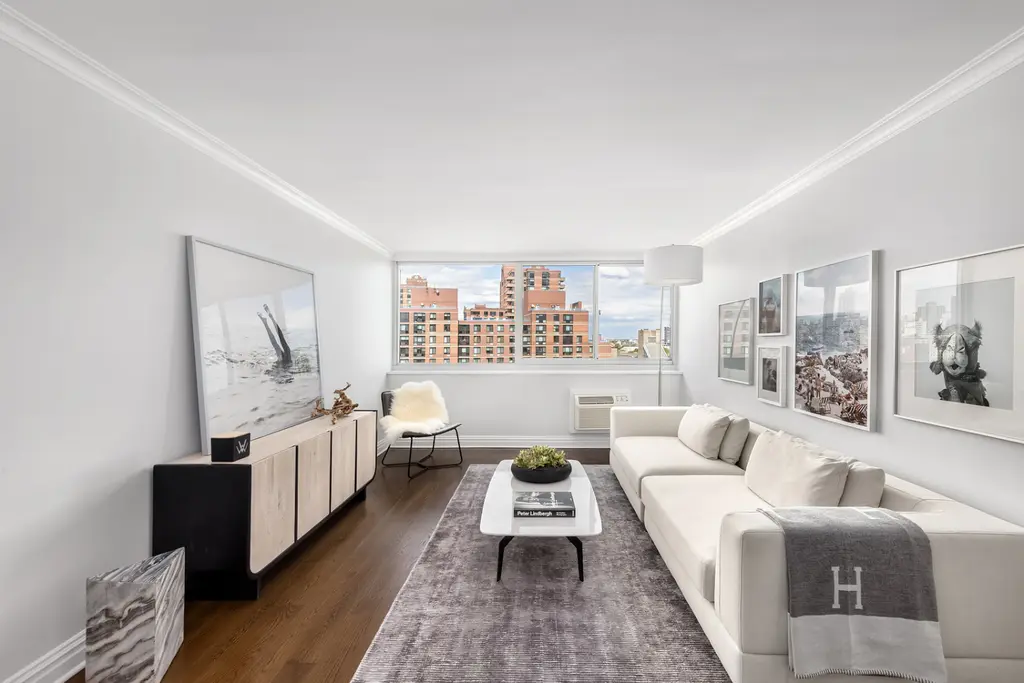
Westview, #1244 (THE DEVELOPMENT MARKETING TEAM)
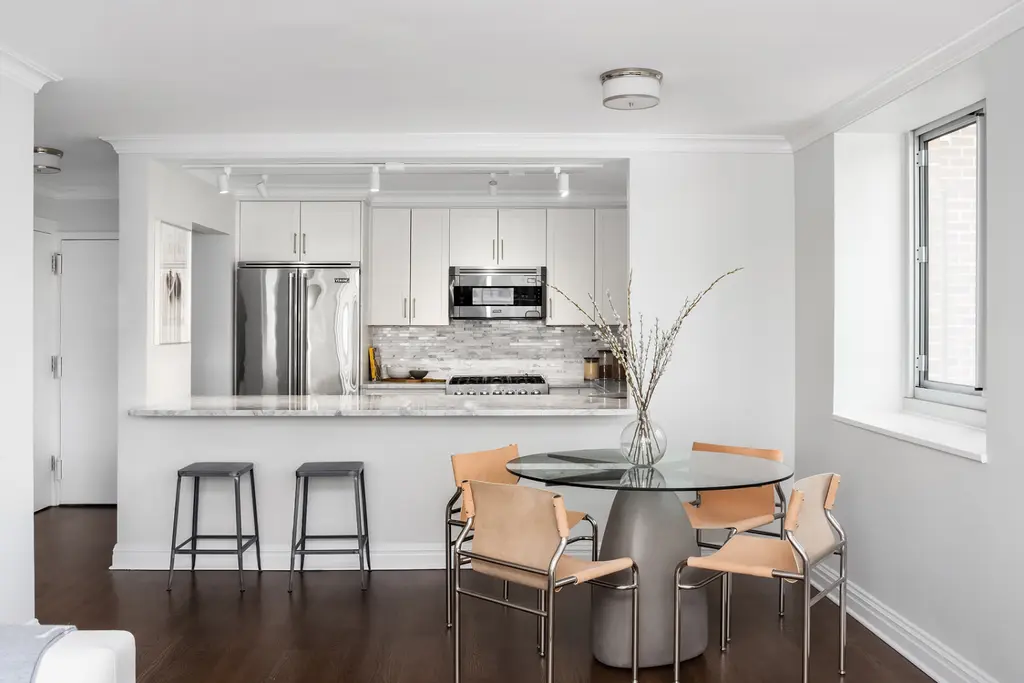 <
<
Riverwalk Landing, #7S
$1,200,000 (-6.3%)
Roosevelt Island | Condominium | 2 Bedrooms, 2 Baths | 1,138 ft2
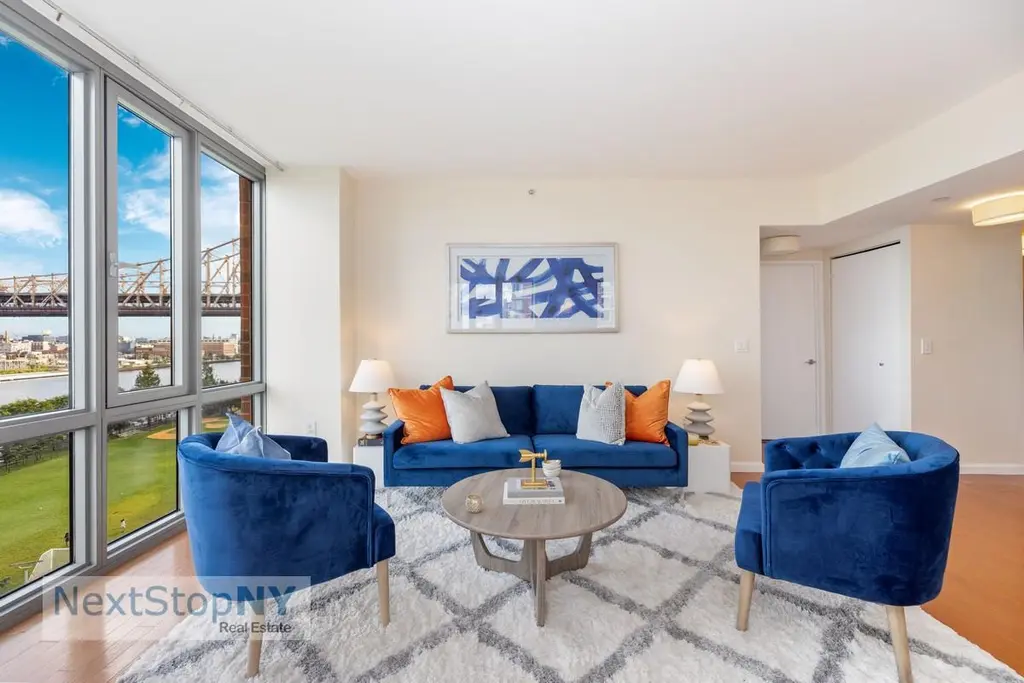
Riverwalk Landing, #7S (Douglas Elliman Real Estate)
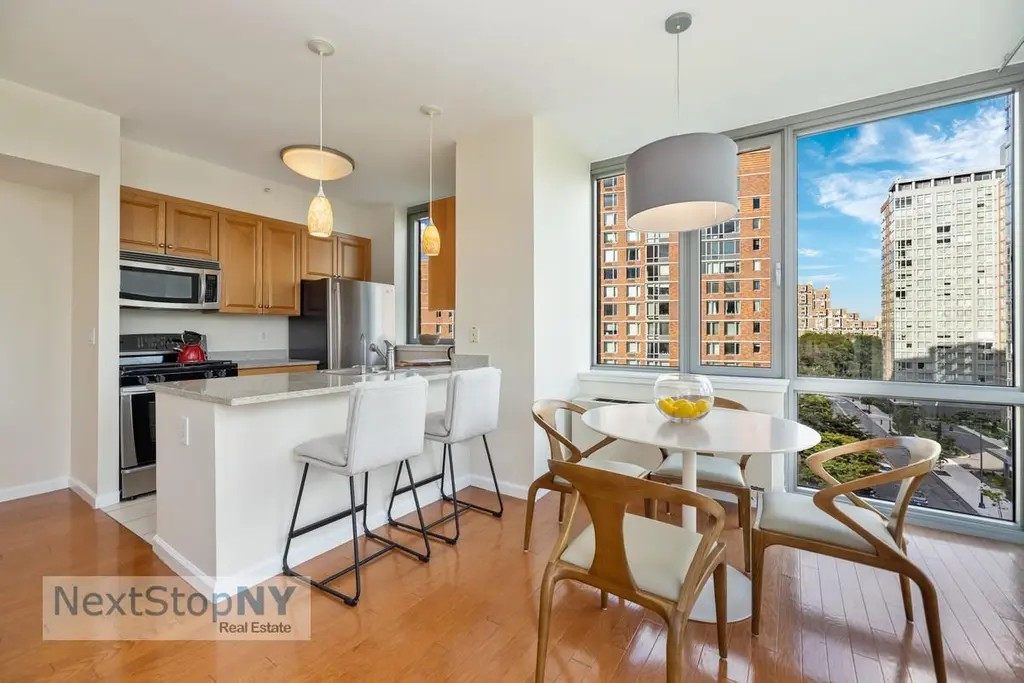
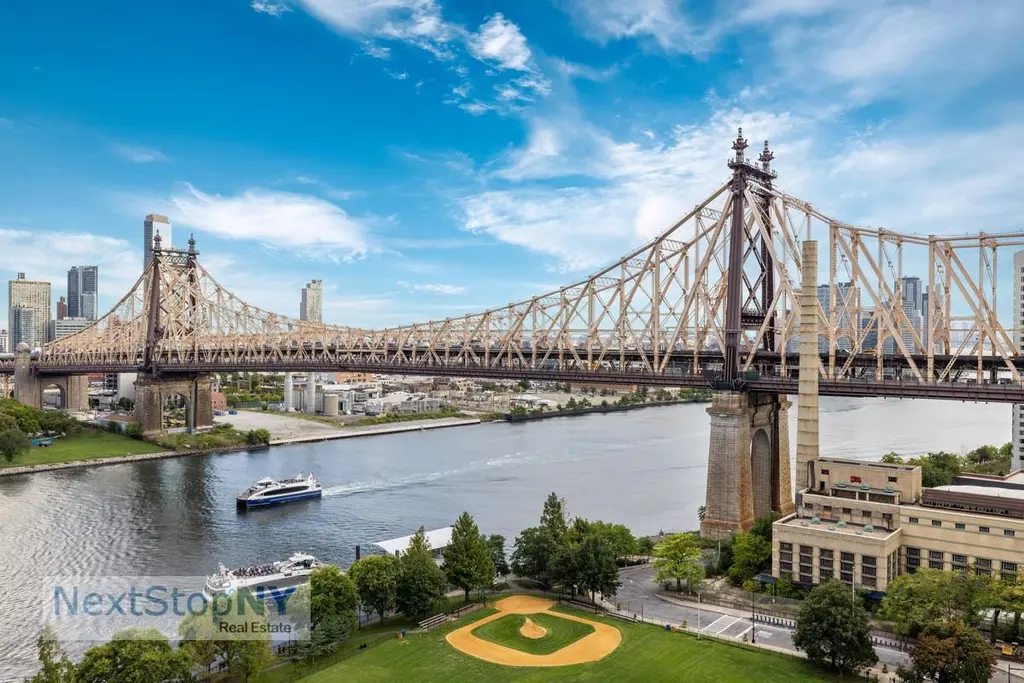
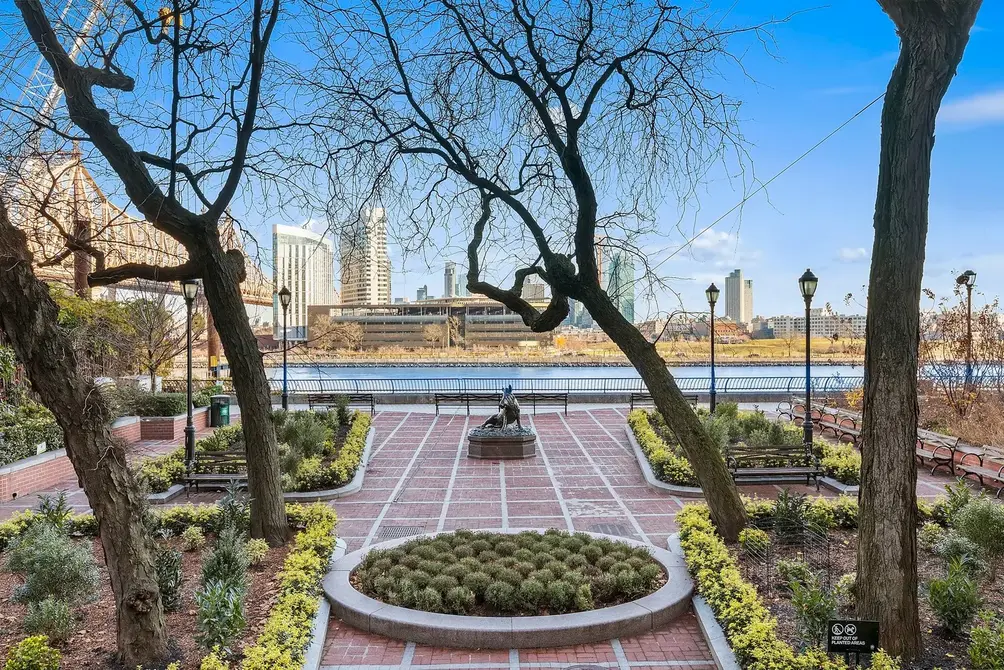
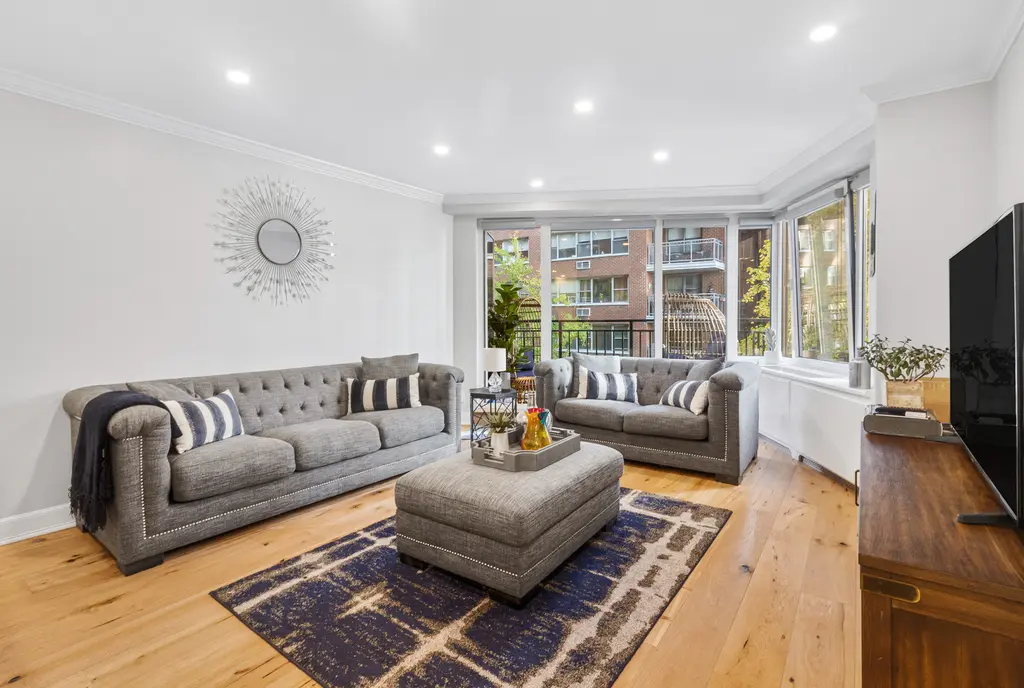
60 Sutton Place South, #4AN (City Sphere)
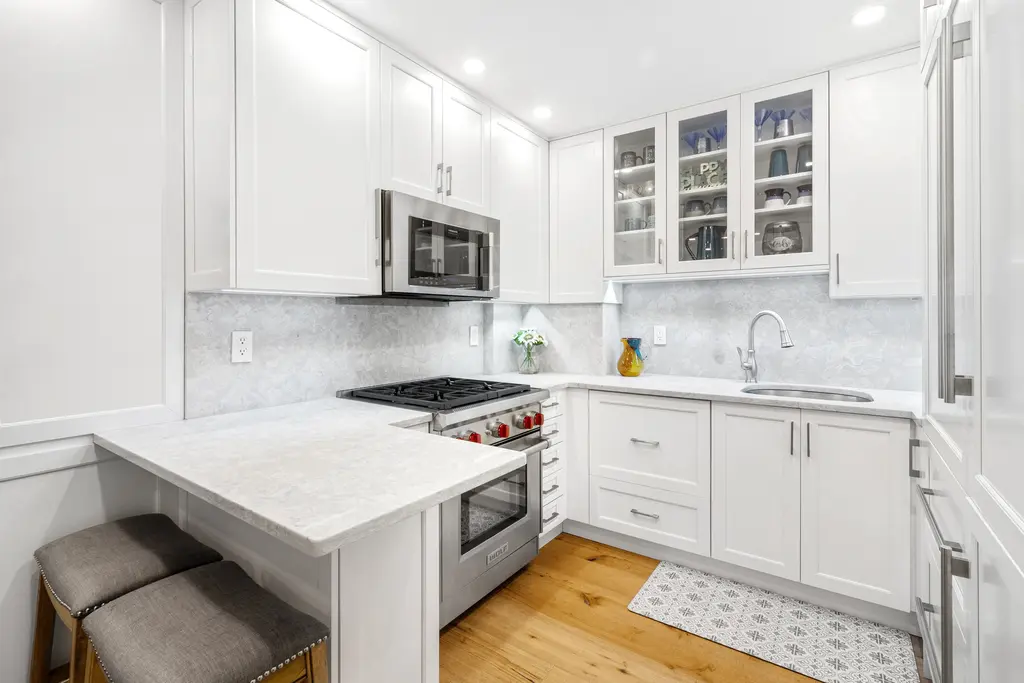
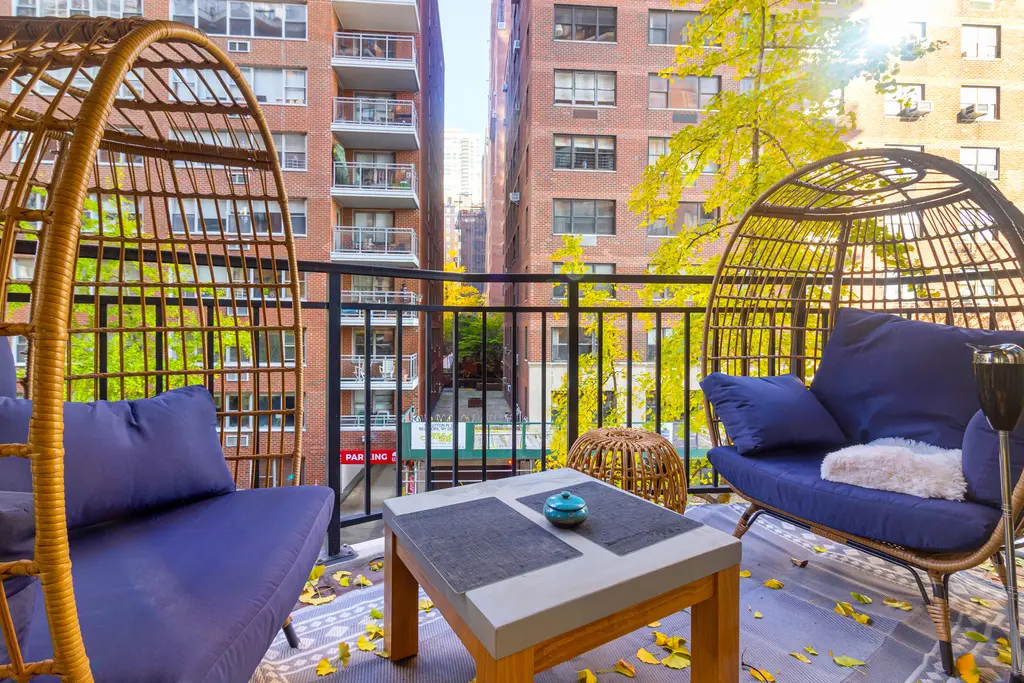
The Grand Beekman, #15C
$2,250,000
Beekman/Sutton Place | Condominium | 2 Bedrooms, 2 Baths | 1,300 ft2
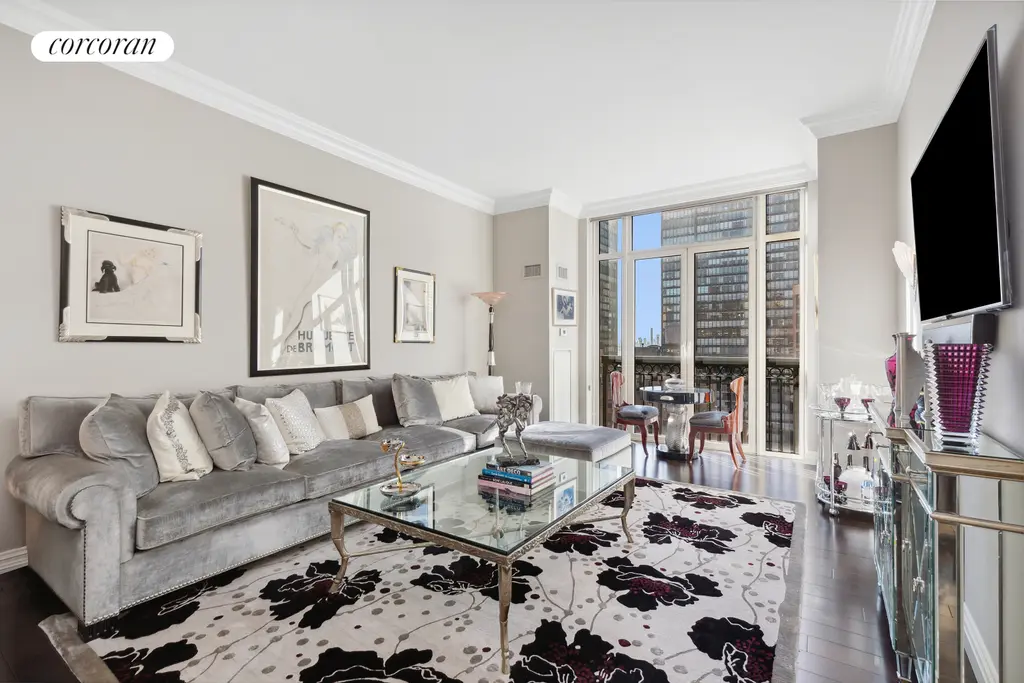
The Grand Beekman, #15C (Corcoran Group)
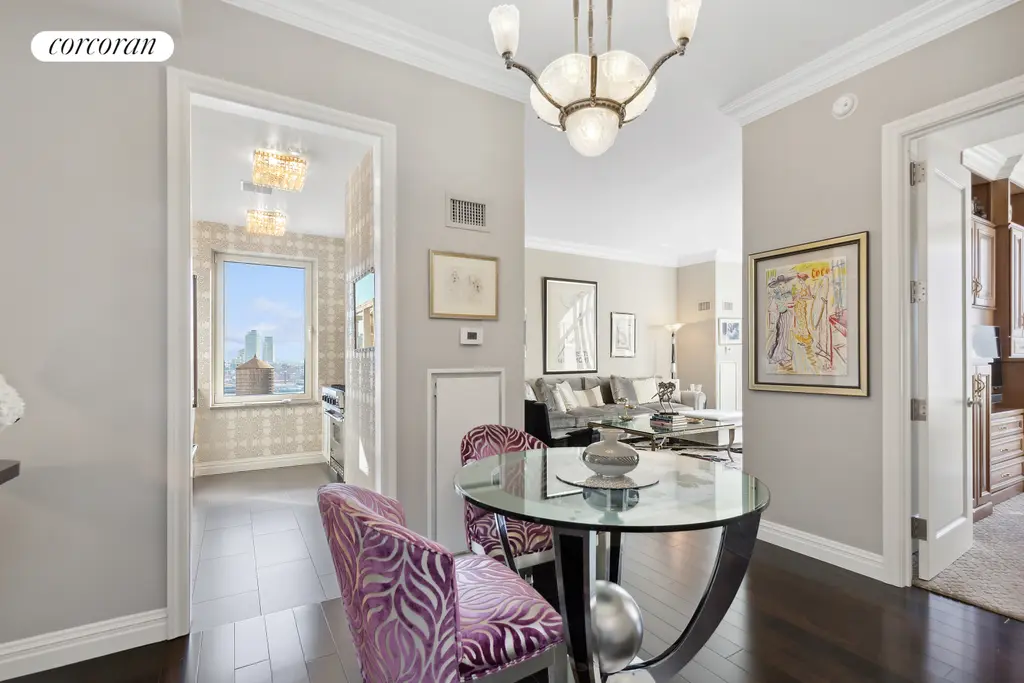
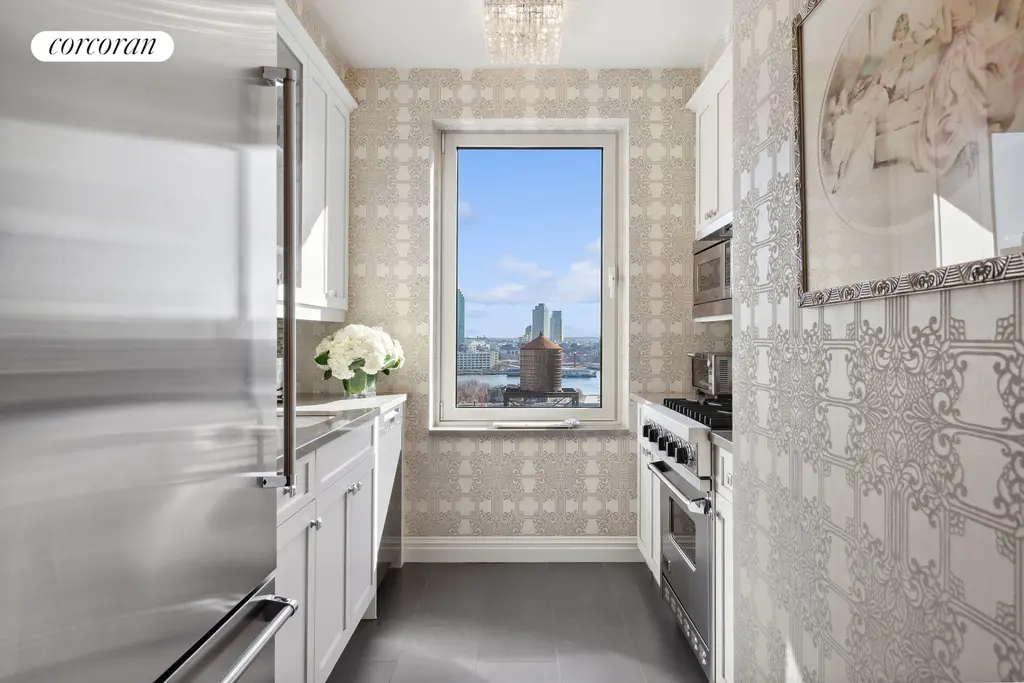
Loudest Neighborhood in NYC, if not the United States
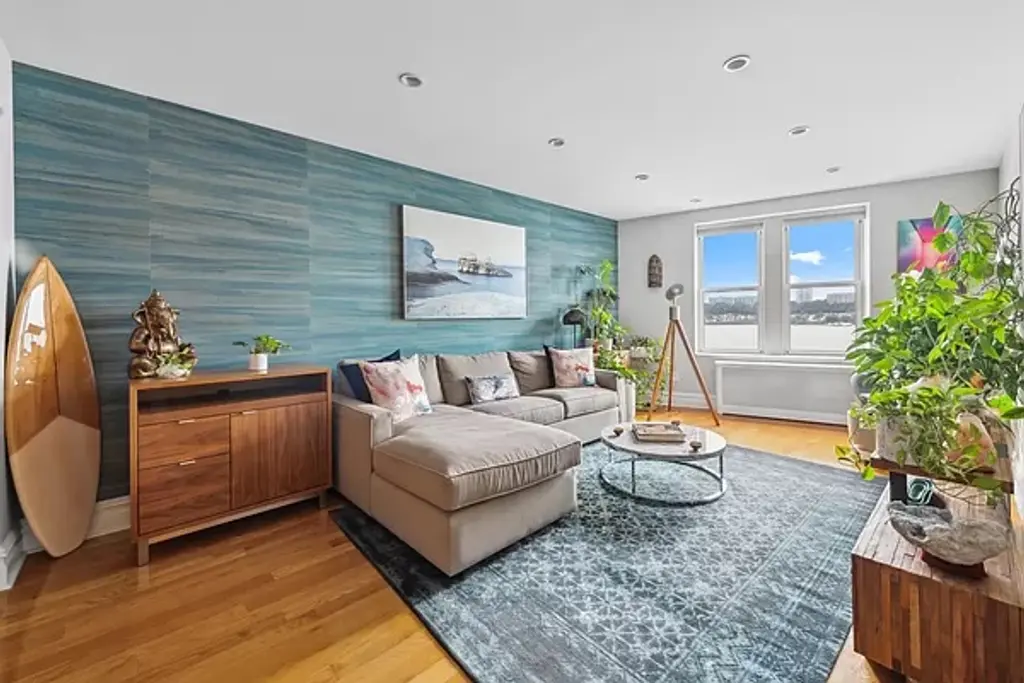
The John James, #5WH (Serhant LLC)
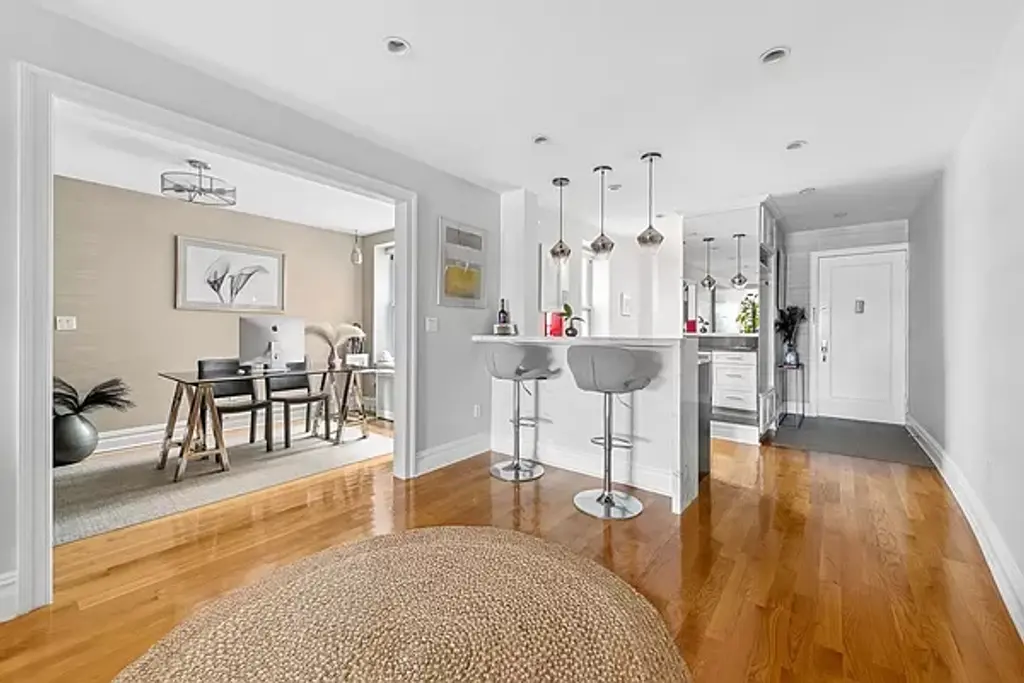
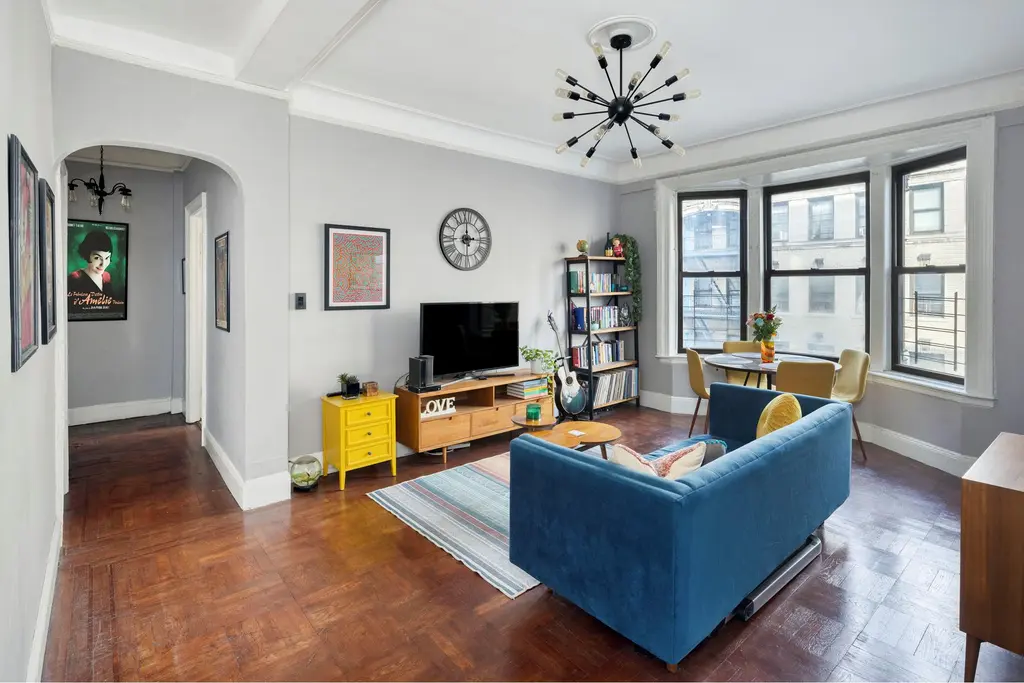
544 West 157th Street, #51 (Douglas Elliman Real Estate)
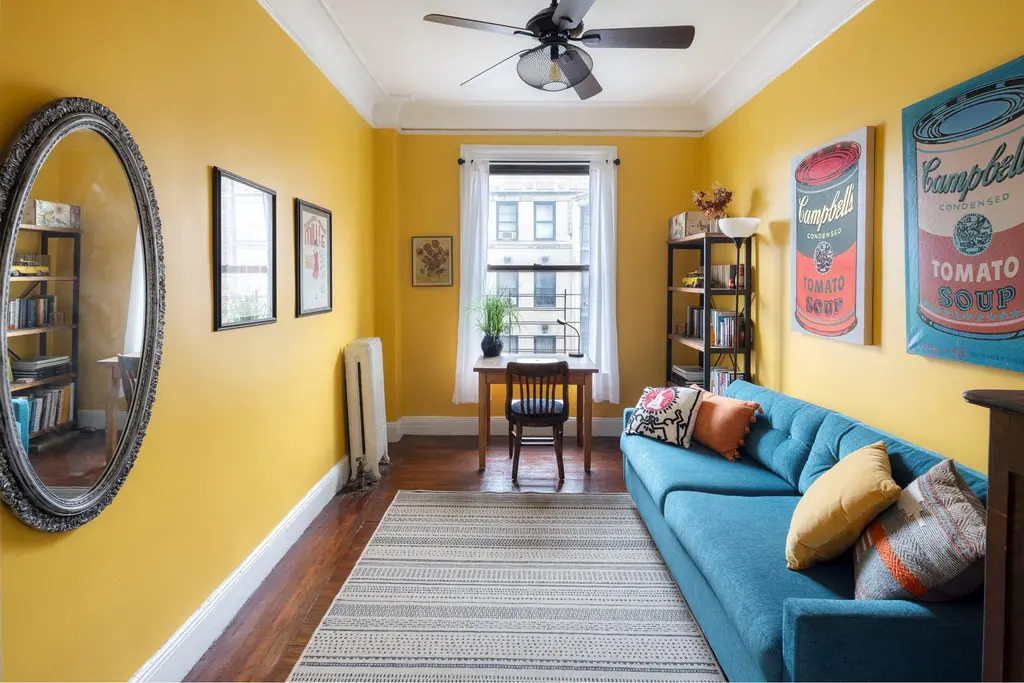
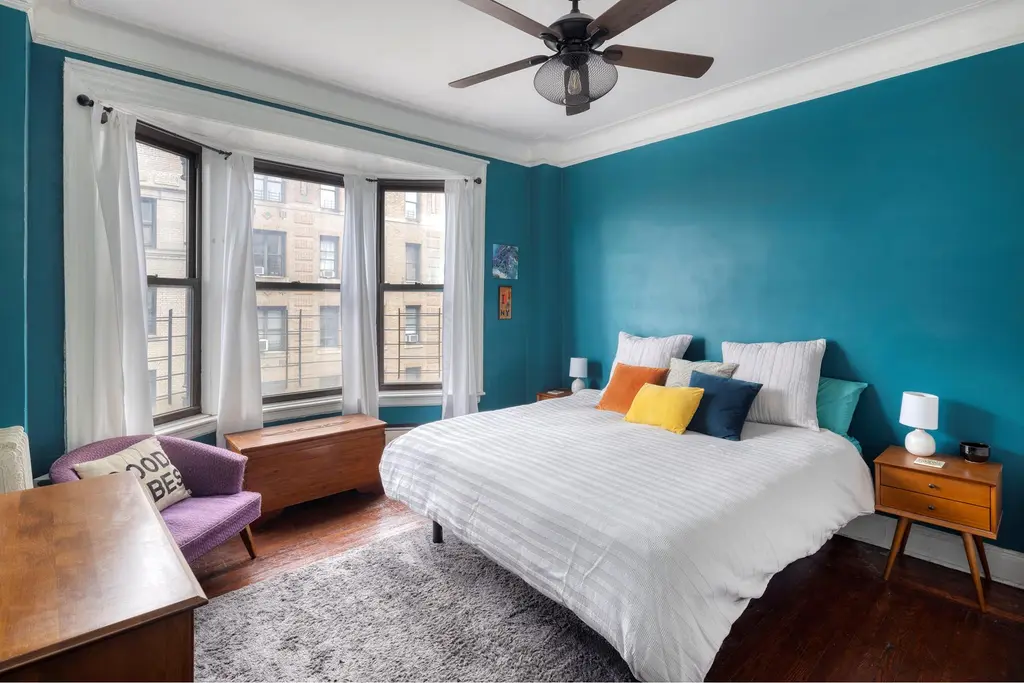
Would you like to tour any of these properties?
Just complete the info below.
Or call us at (212) 755-5544
Would you like to tour any of these properties?

Contributing Writer
Cait Etherington
Cait Etherington has over twenty years of experience working as a journalist and communications consultant. Her articles and reviews have been published in newspapers and magazines across the United States and internationally. An experienced financial writer, Cait is committed to exposing the human side of stories about contemporary business, banking and workplace relations. She also enjoys writing about trends, lifestyles and real estate in New York City where she lives with her family in a cozy apartment on the twentieth floor of a Manhattan high rise.

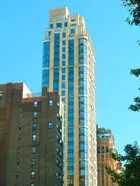
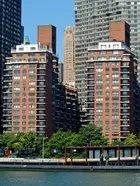
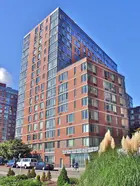

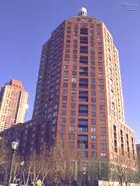
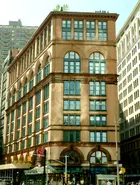
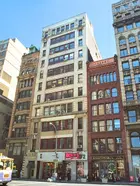
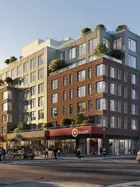
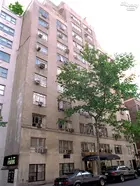
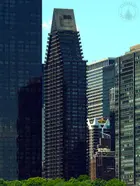
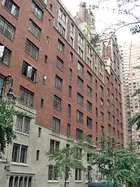
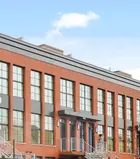
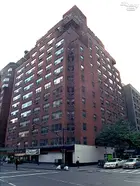
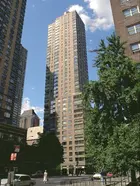
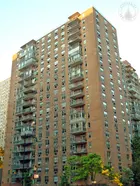
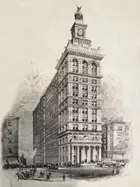
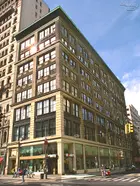

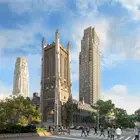
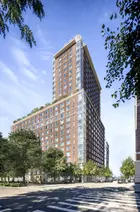
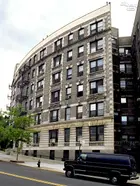
 6sqft delivers the latest on real estate, architecture, and design, straight from New York City.
6sqft delivers the latest on real estate, architecture, and design, straight from New York City.
